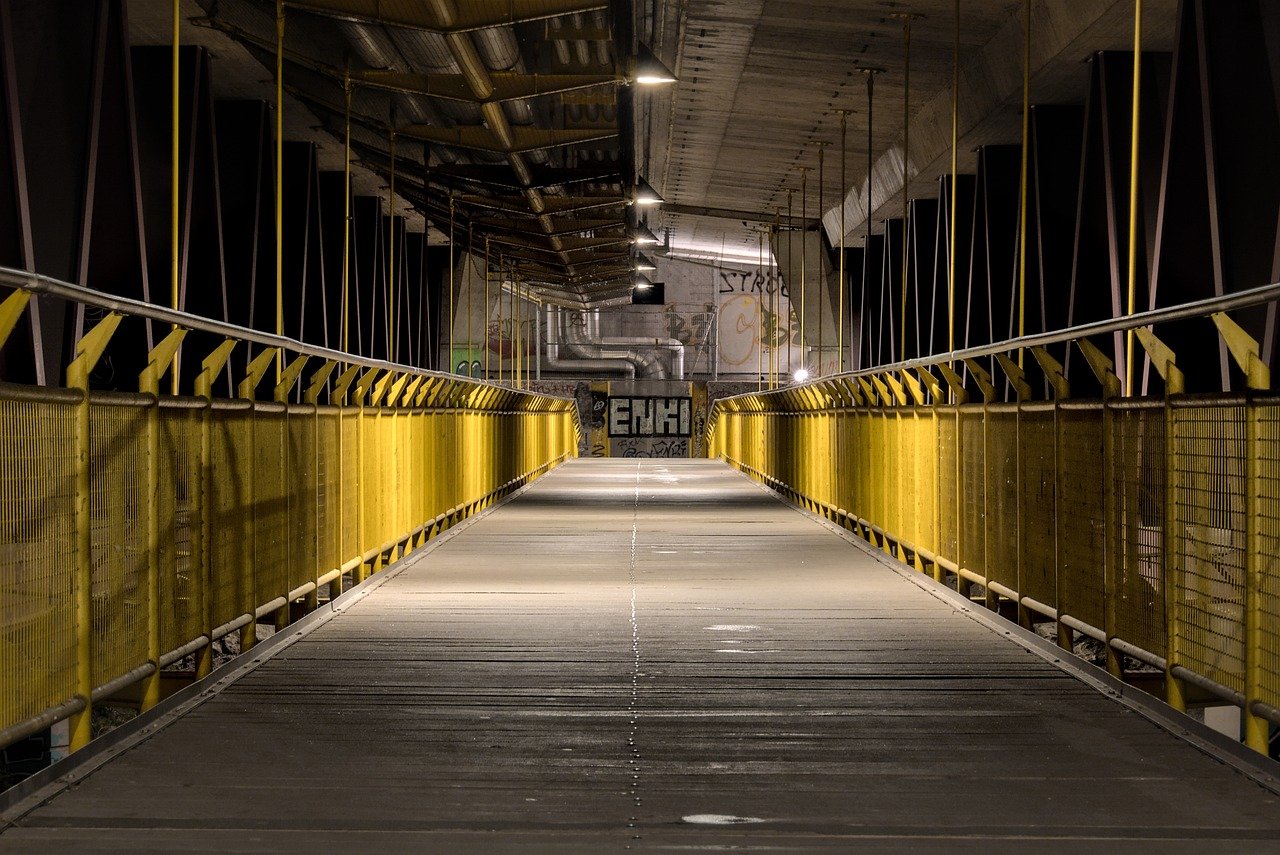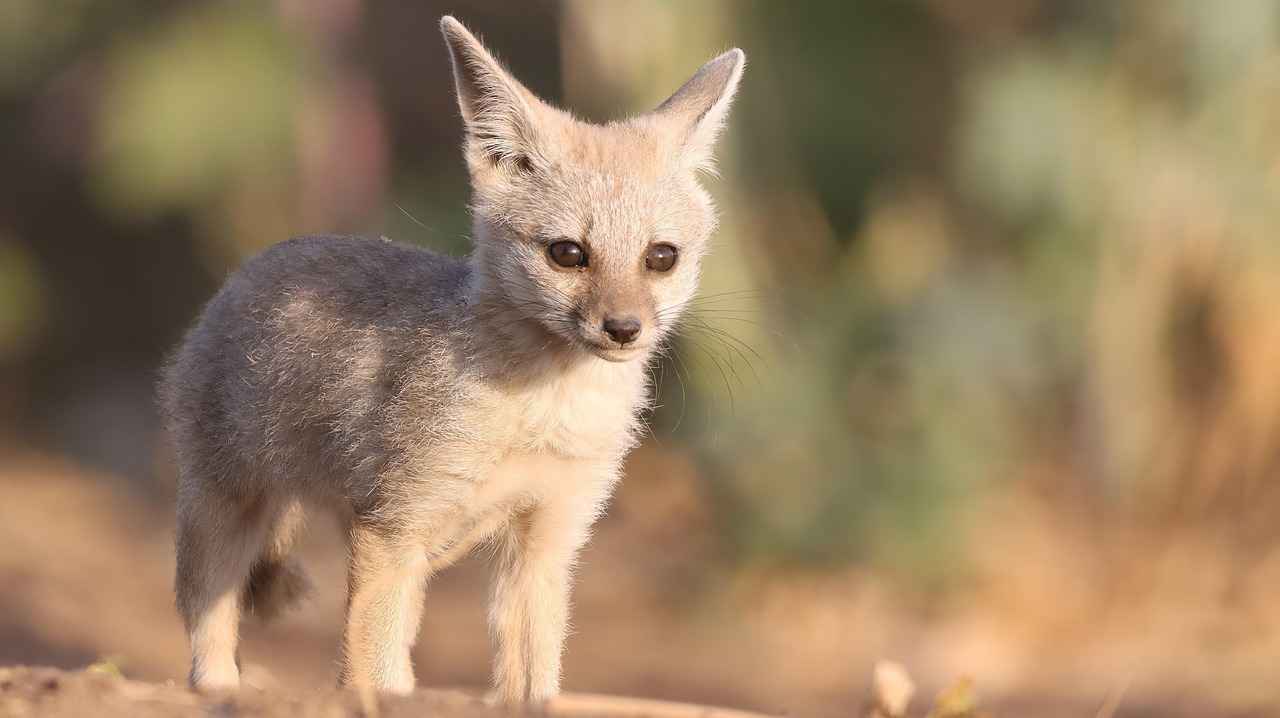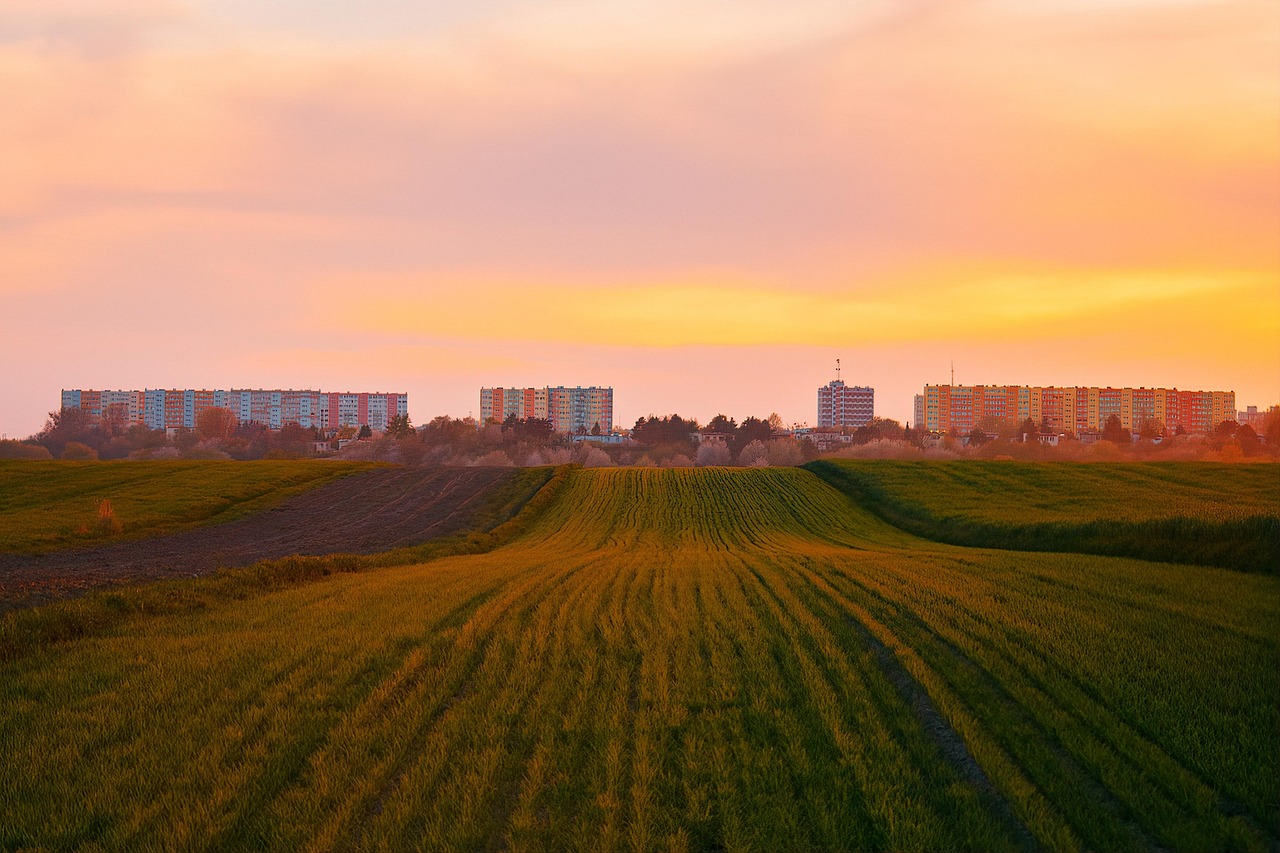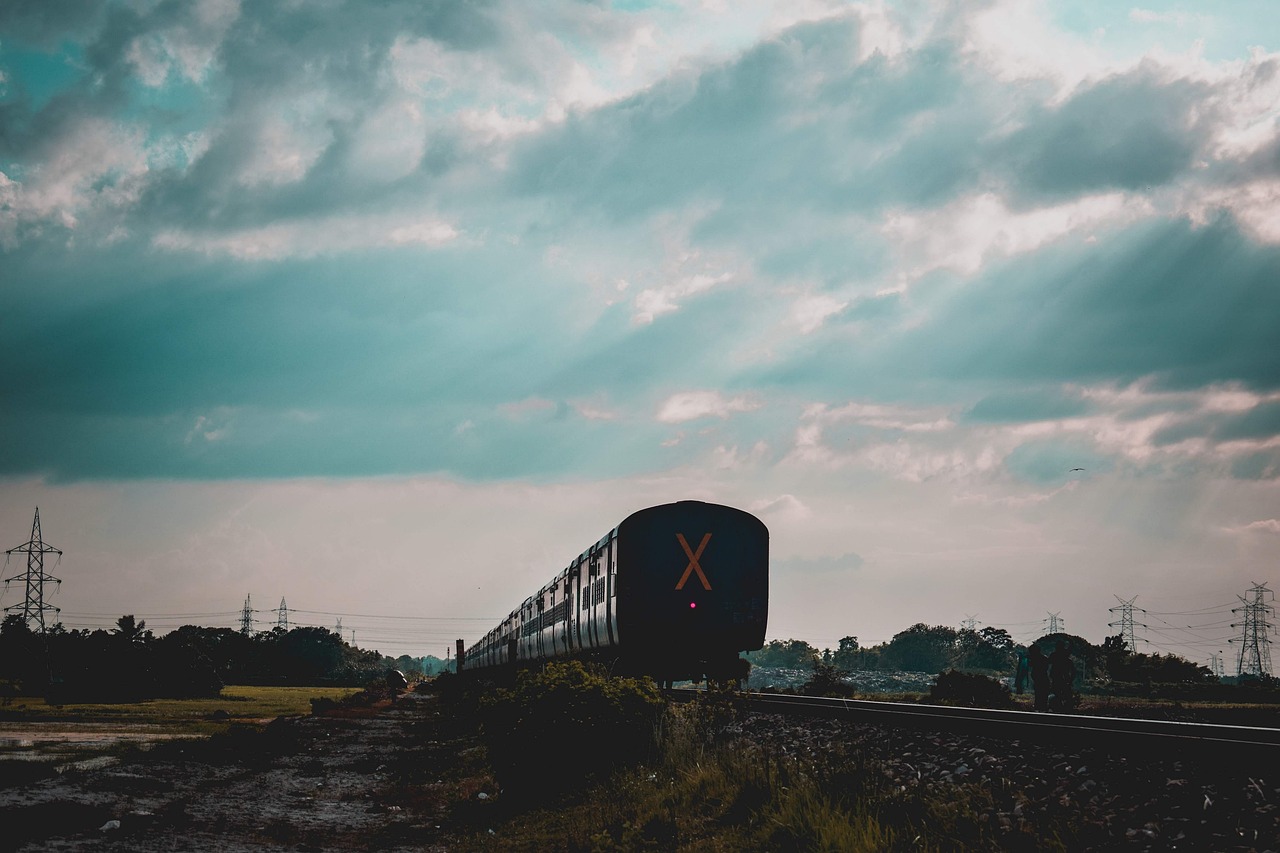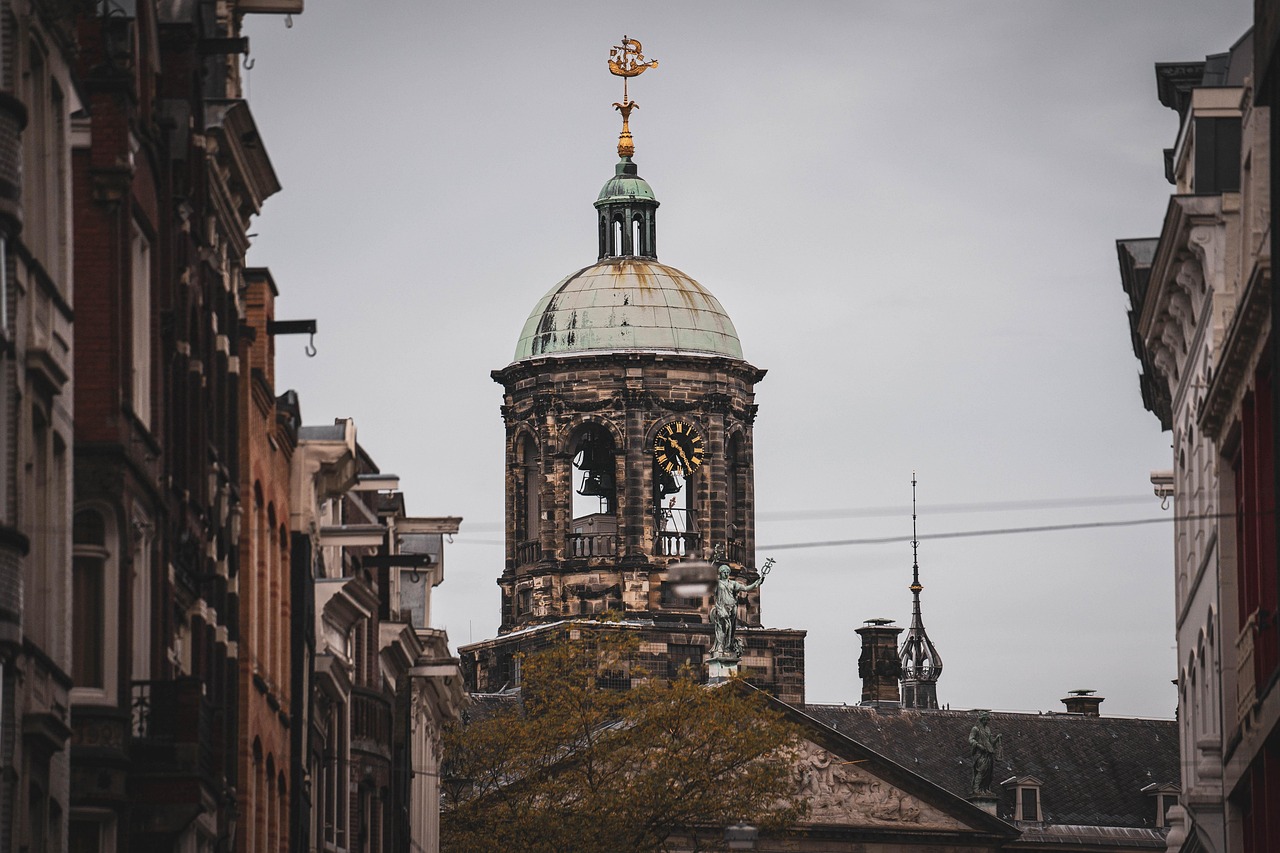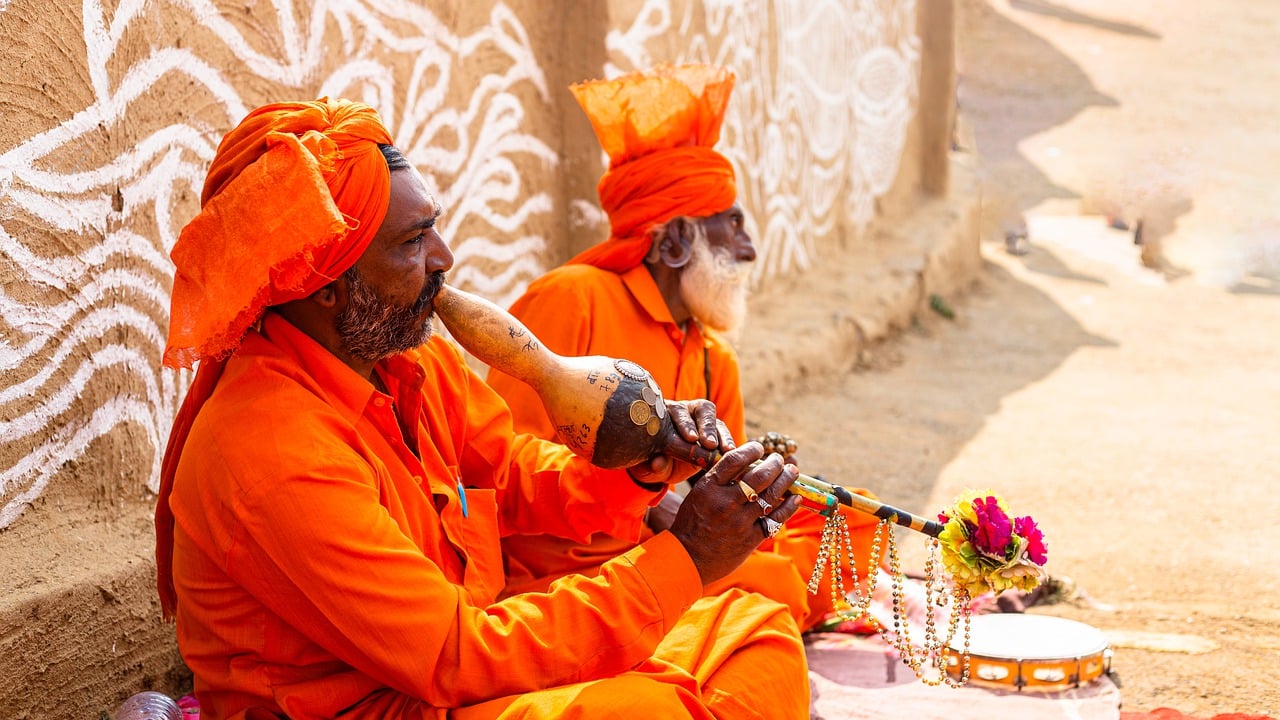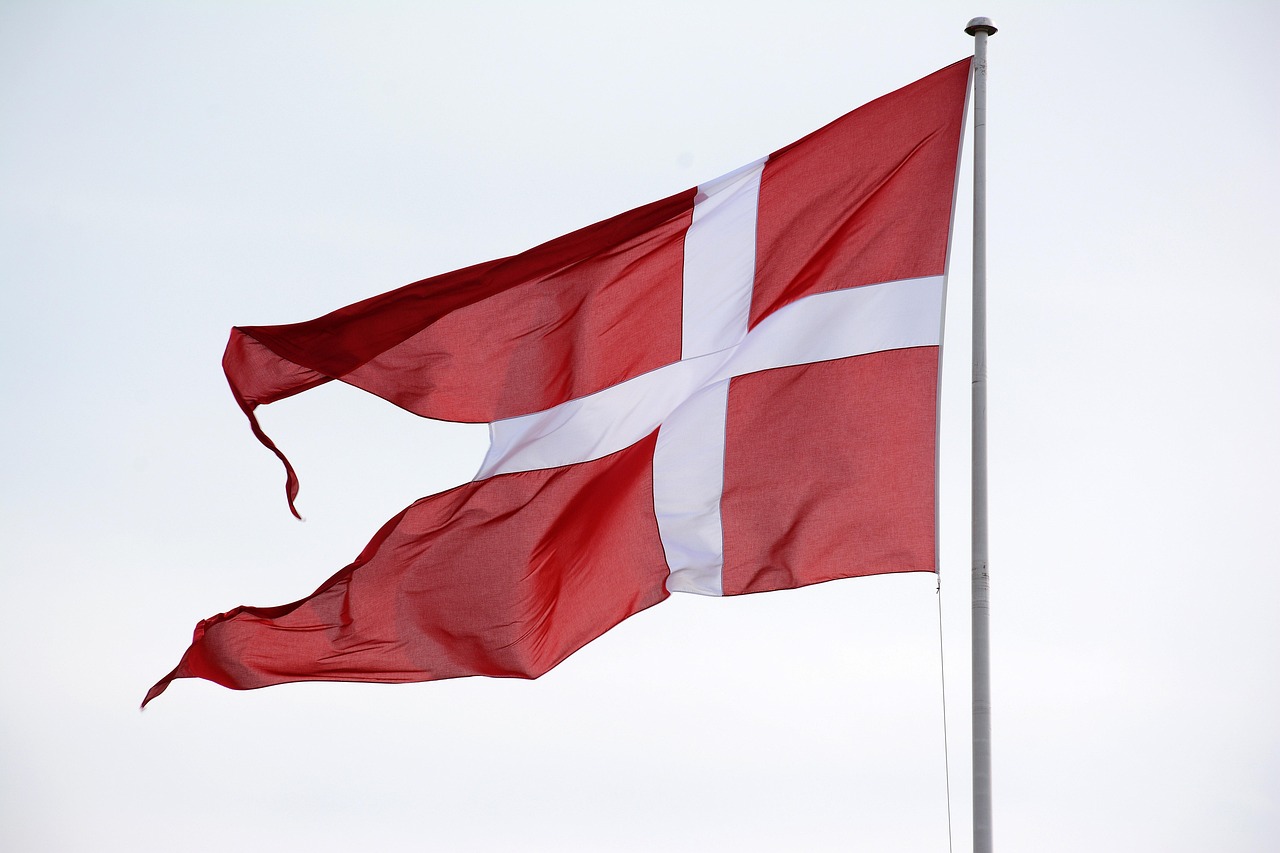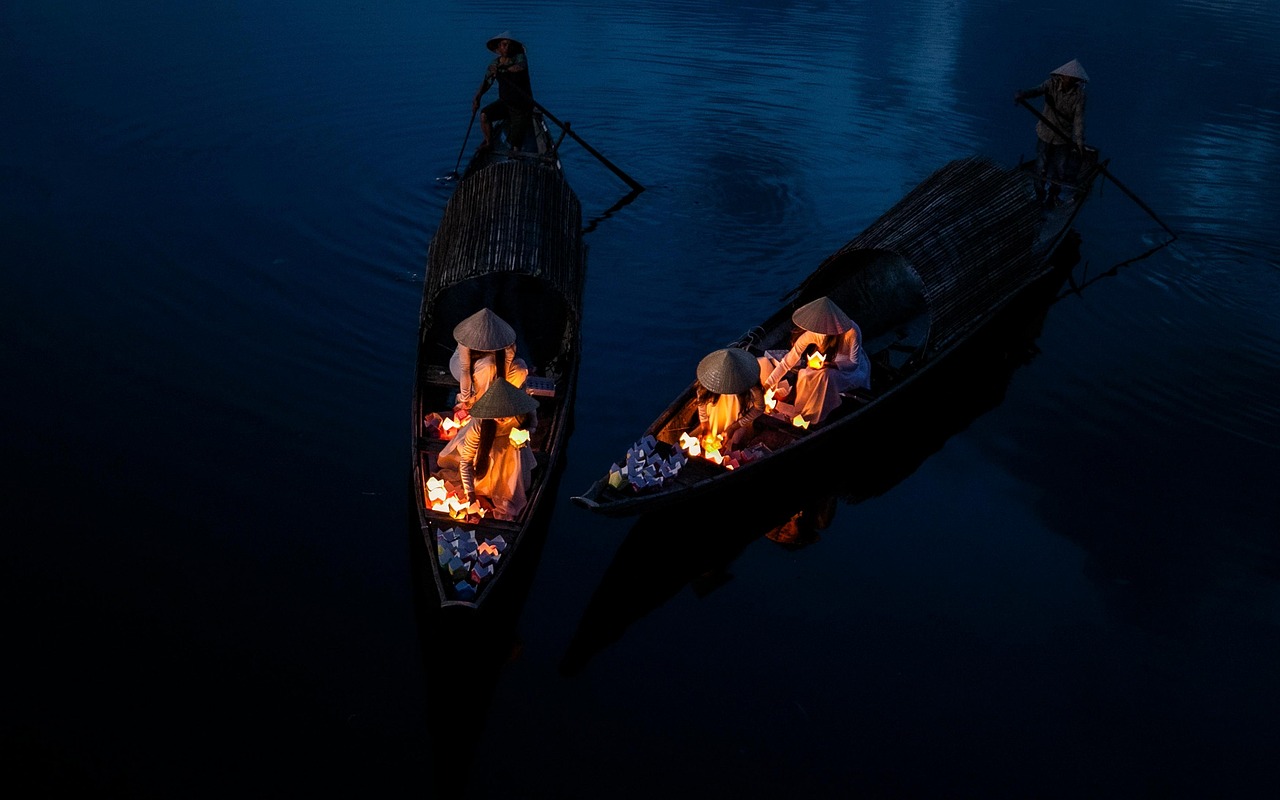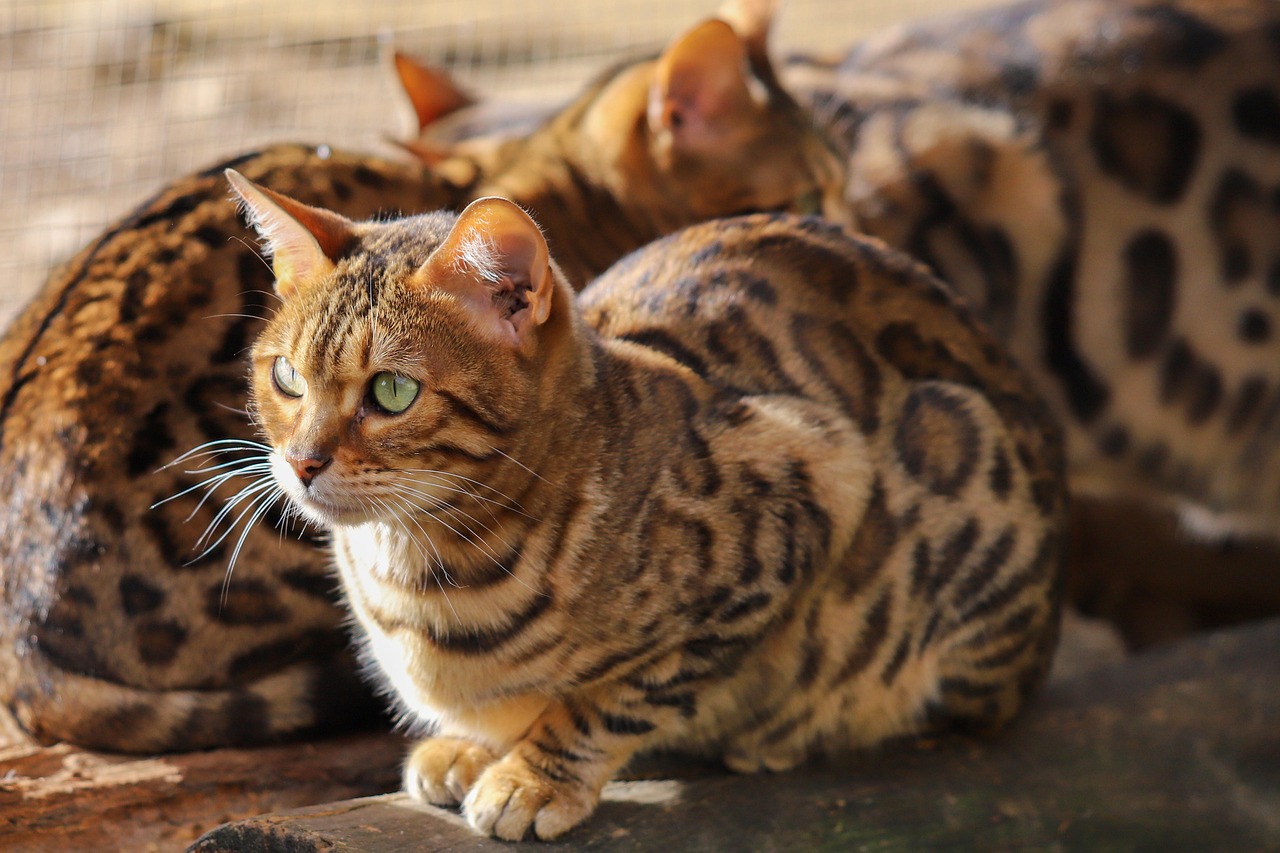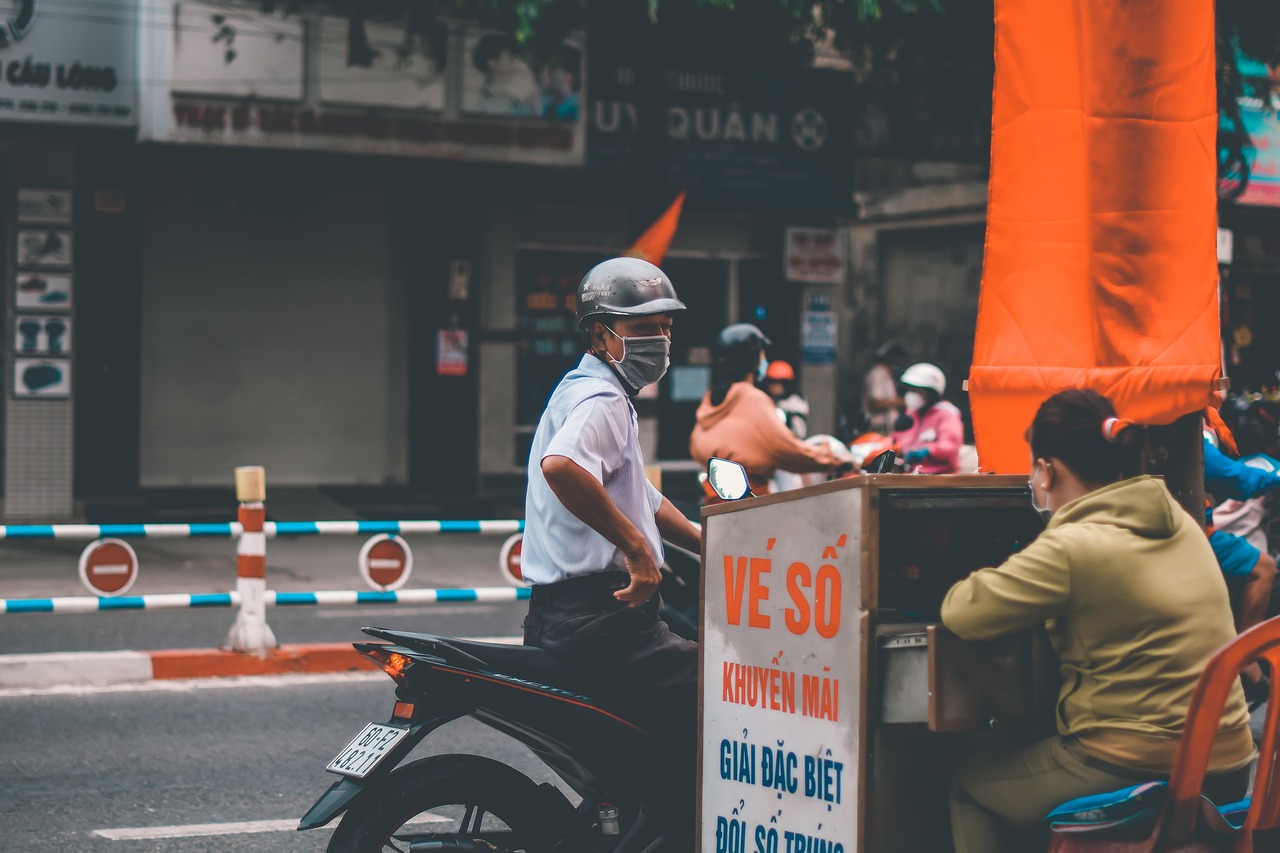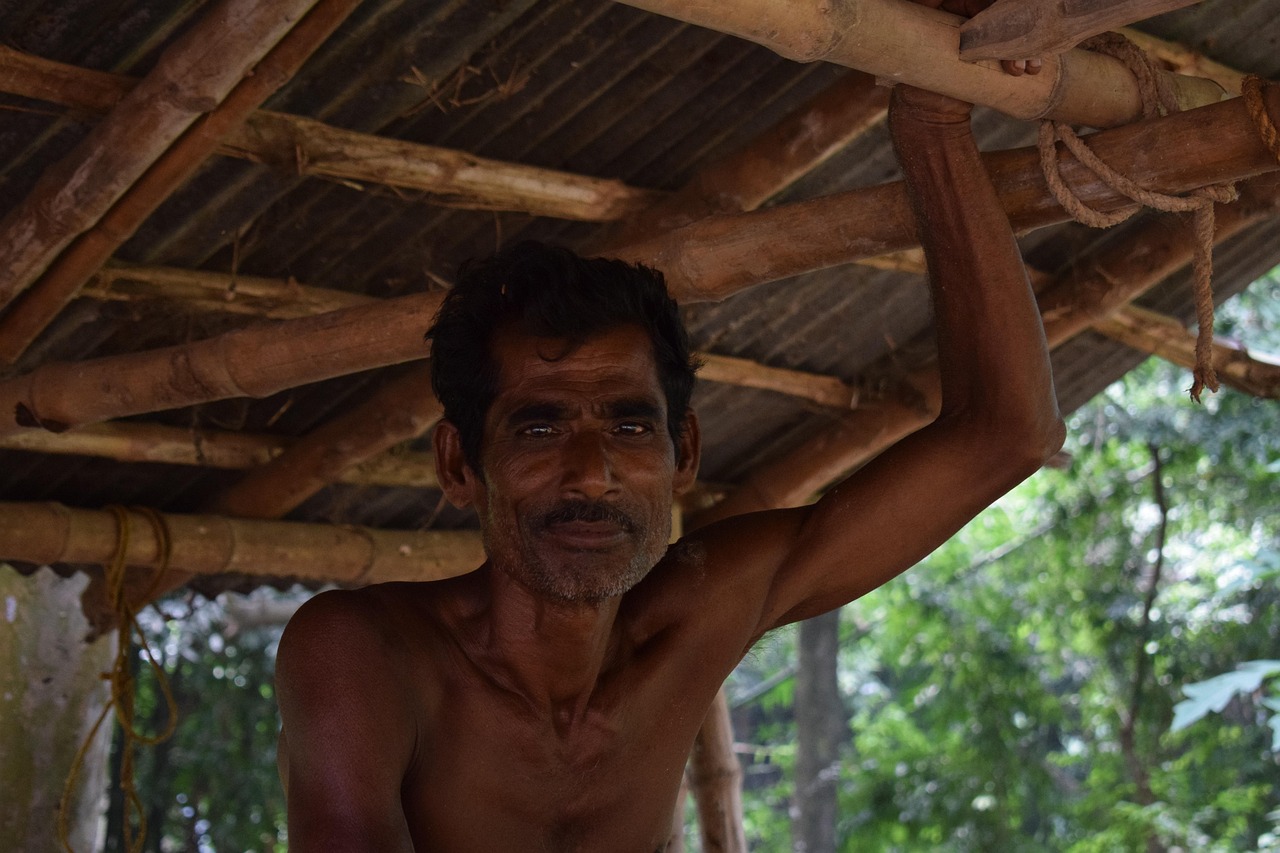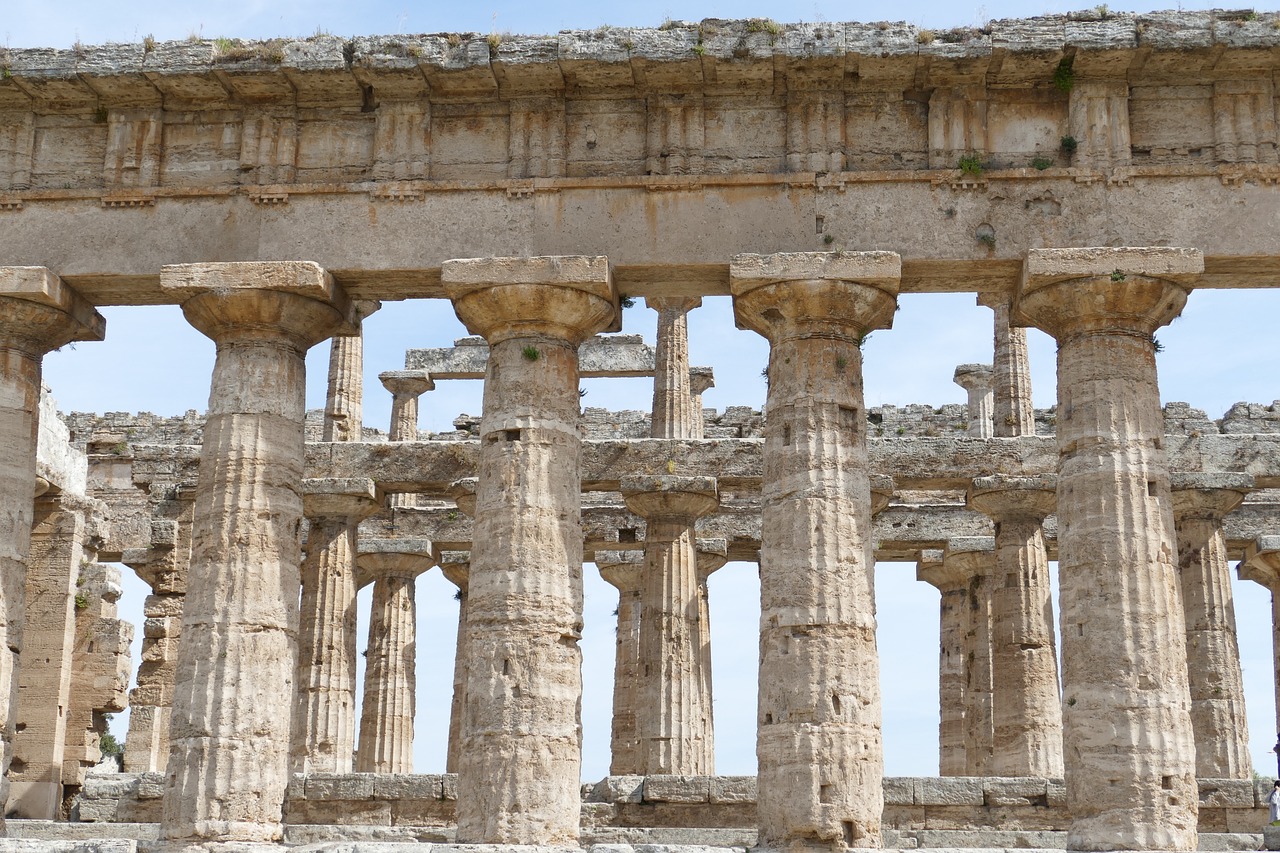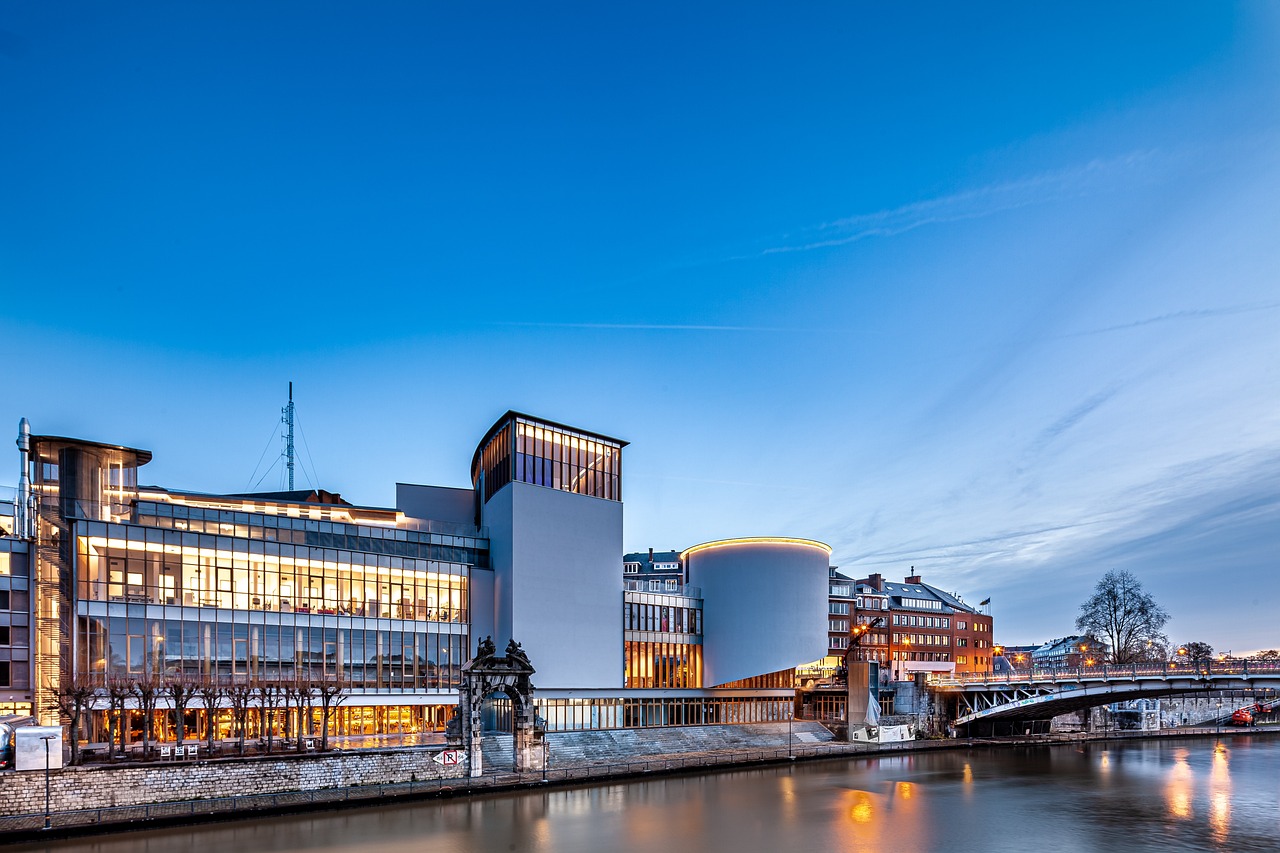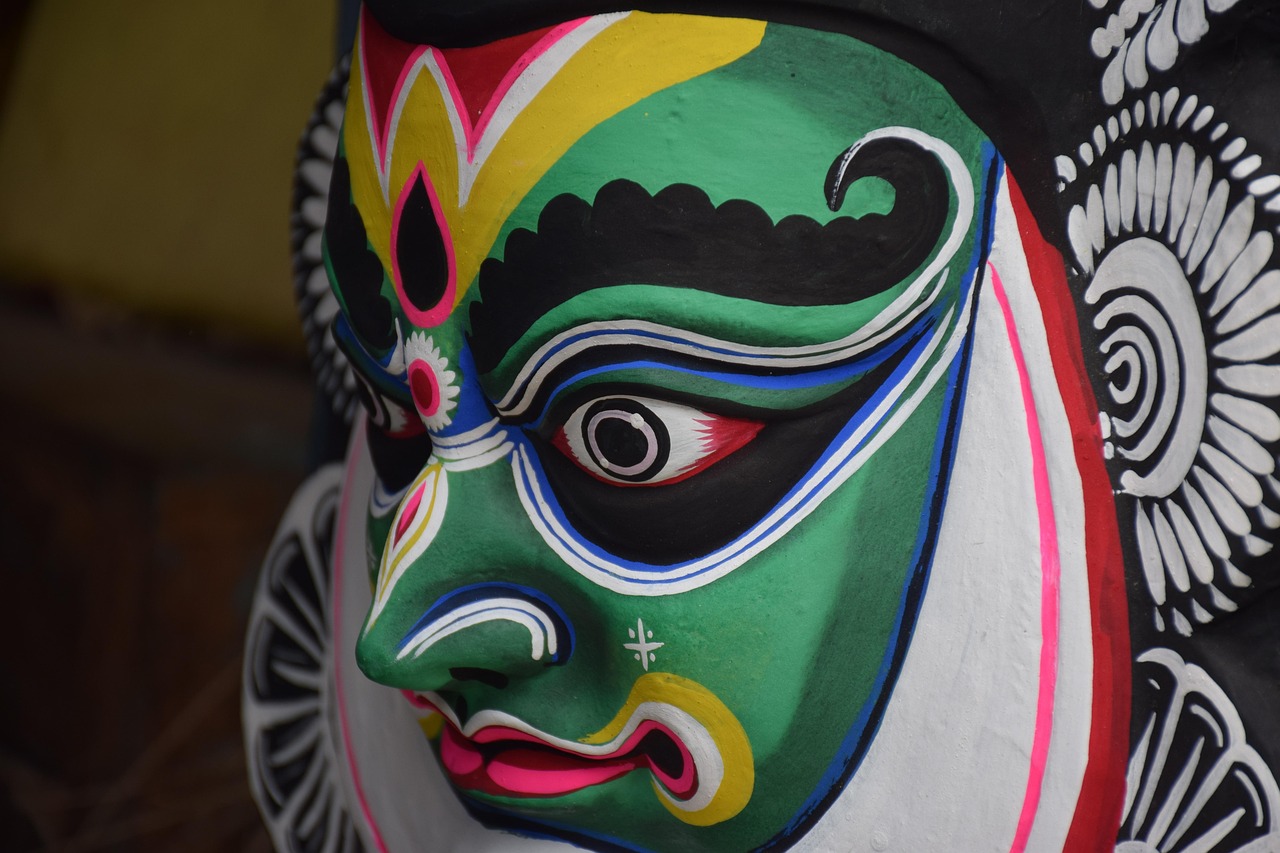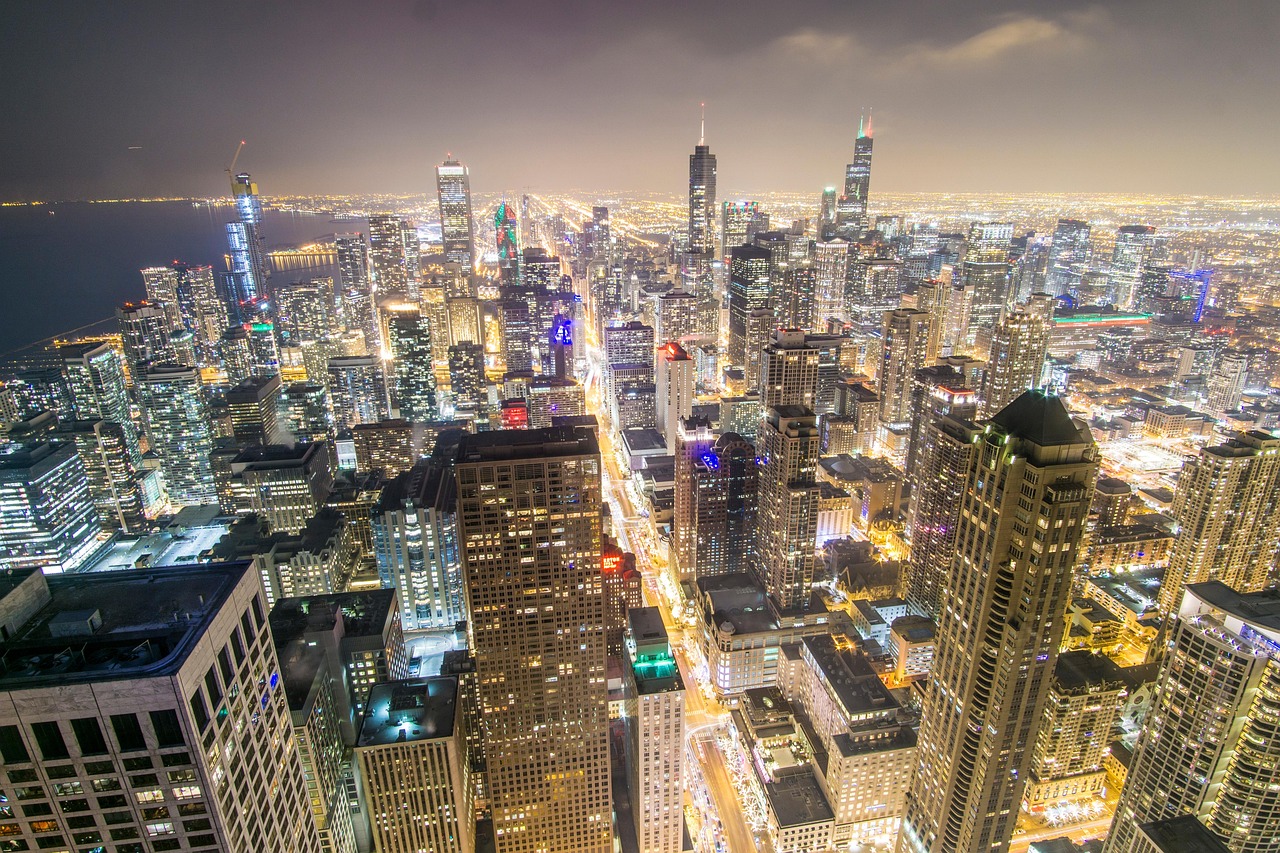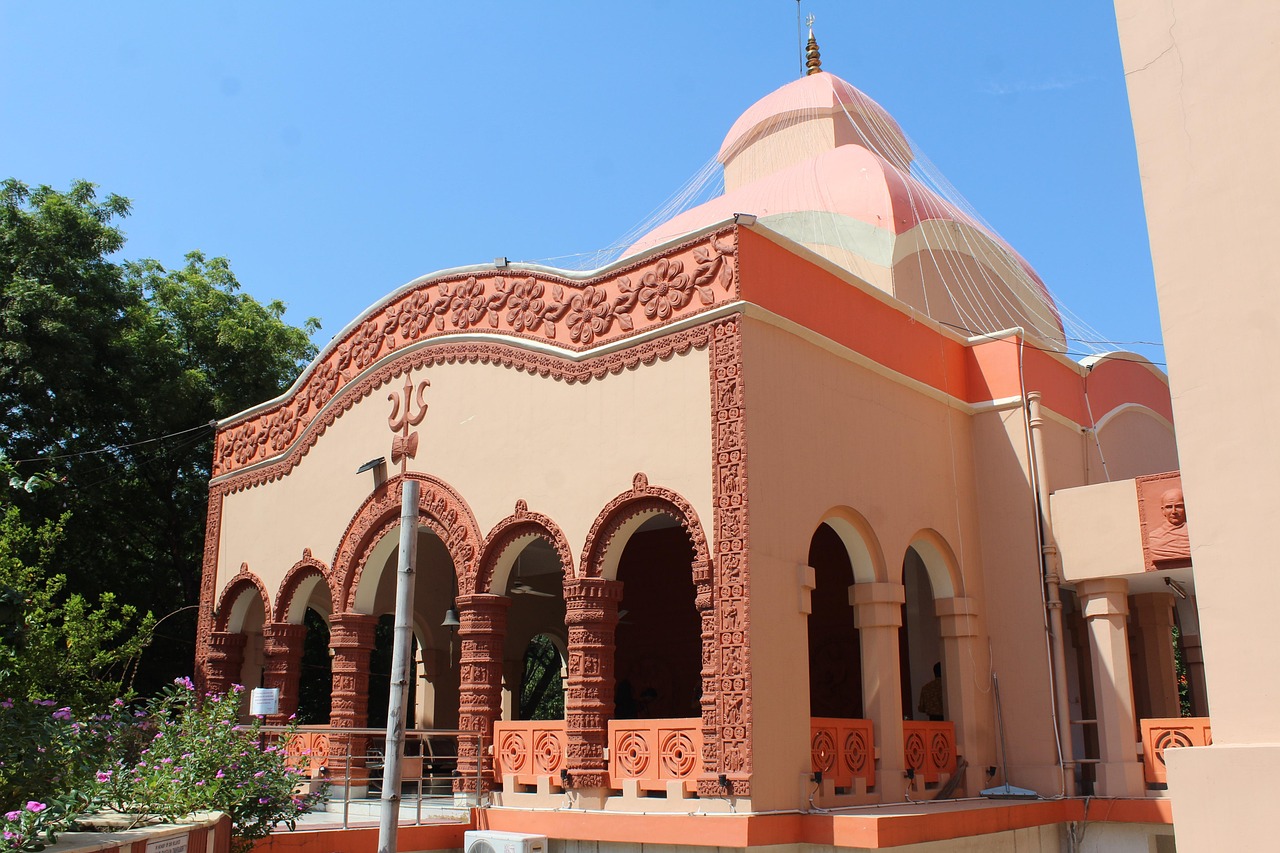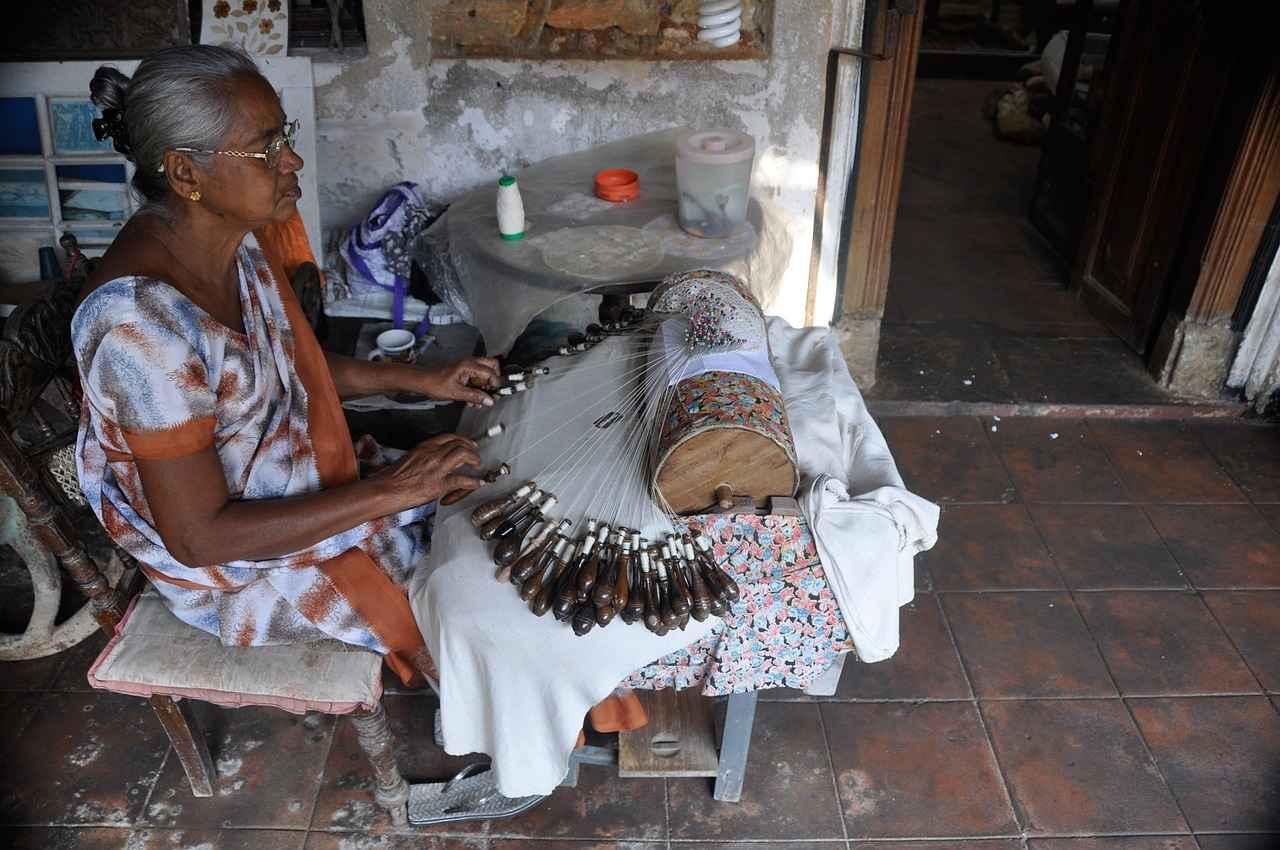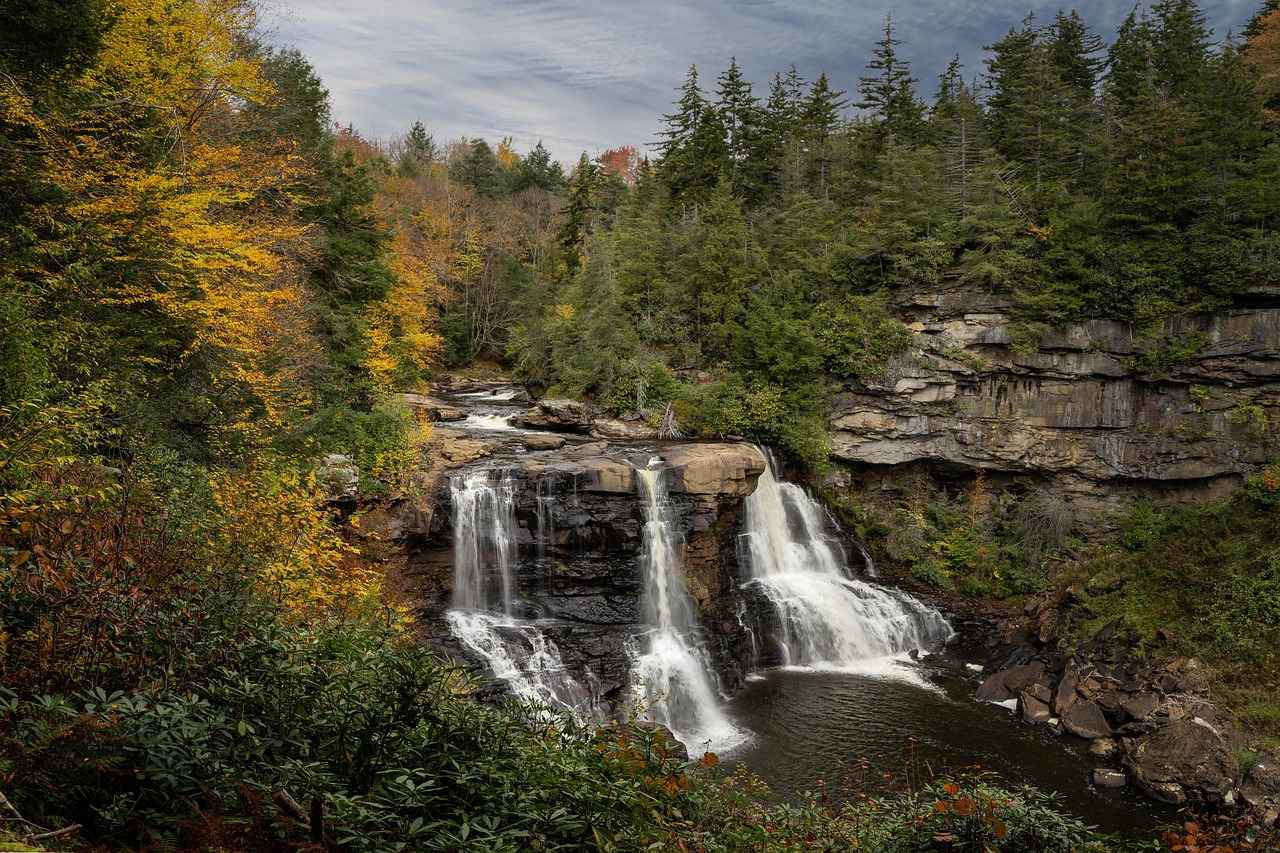Explore the rich cultural heritage, stunning architecture, and vibrant local life of Howrah, West Bengal. This article highlights the must-visit attractions that showcase the city’s unique charm and history, inviting travelers to immerse themselves in its diverse offerings.
Howrah, located just across the Hooghly River from Kolkata, is a city steeped in history and culture. From its iconic landmarks to its bustling markets, Howrah is a treasure trove of experiences waiting to be discovered.
- The Iconic Howrah Bridge: A marvel of engineering, this cantilever bridge is not only a vital transportation link but also offers breathtaking views of the river and cityscape.
- Howrah Railway Station: Known for its grand architecture, this station is one of the busiest in India and a significant historical site.
- Belur Math: The headquarters of the Ramakrishna Order, this serene temple complex is a blend of various architectural styles and offers spiritual solace.
- Dakshineswar Kali Temple: A prominent pilgrimage site dedicated to Goddess Kali, this temple is renowned for its stunning architecture and vibrant atmosphere.
- Howrah Maidan: A beautiful public park that serves as a recreational space, perfect for relaxation and community events.
- Local Markets and Street Food: Experience the vibrant local culture through bustling markets and delicious street food that reflect the culinary heritage of Bengal.
Conclusion: Howrah, West Bengal, is a city that beautifully blends history, spirituality, and local life. From the architectural grandeur of its landmarks to the lively atmosphere of its markets, visitors will find a unique charm that makes Howrah a must-visit destination.
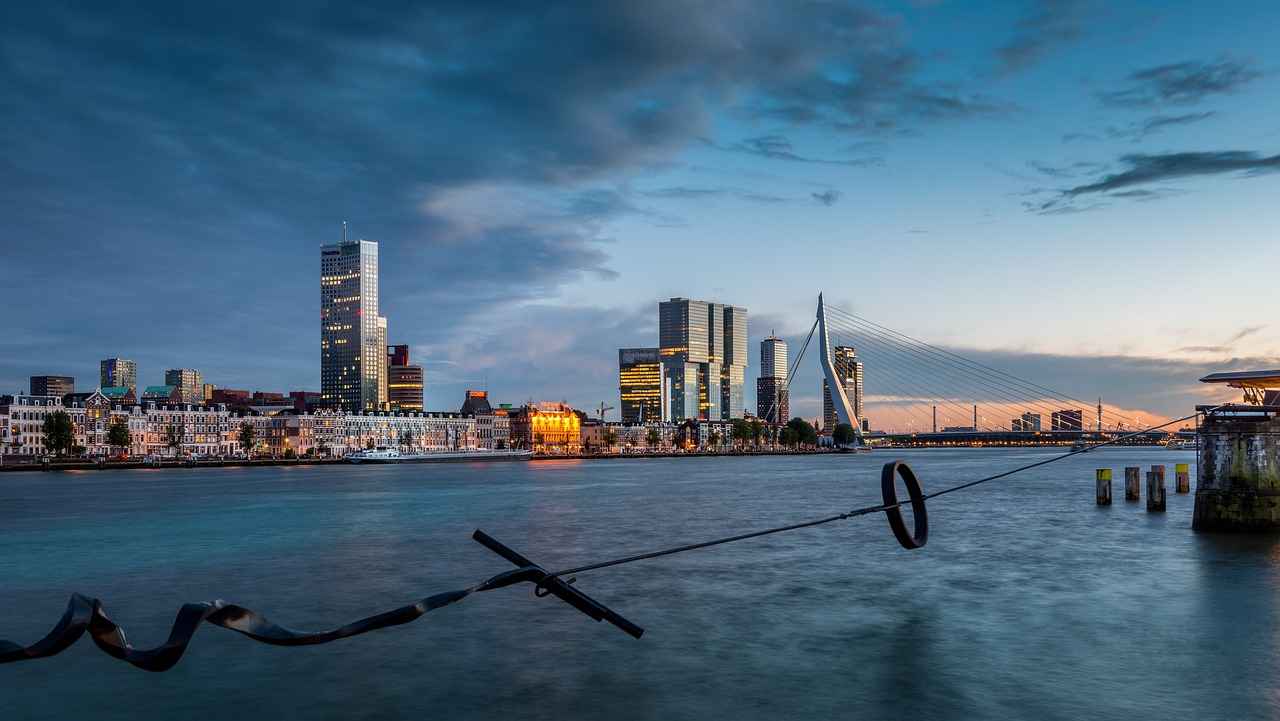
The Iconic Howrah Bridge
The Howrah Bridge, an engineering masterpiece, stands as a testament to Kolkata’s rich history and vibrant culture. Spanning the majestic Hooghly River, this cantilever bridge connects the cities of Howrah and Kolkata, serving as a vital link for millions of commuters every day. Completed in 1943, it is one of the busiest bridges in the world, facilitating the flow of traffic and symbolizing the resilience of the region.
One of the most remarkable features of the Howrah Bridge is its unique design. Stretching over 705 meters, it is constructed entirely of steel and is supported by a series of massive cantilevers. This innovative design not only allows for a wide span but also provides stunning views of the surrounding landscape. Visitors often marvel at the intricate lattice work that forms the bridge’s structure, reflecting the ingenuity of its creators.
As you traverse the bridge, you are treated to breathtaking views of the river and the bustling city life below. The bridge is particularly enchanting at sunset, when the sky is painted in hues of orange and pink, casting a beautiful glow over the water. This has made it a popular spot for photographers and tourists alike, eager to capture the essence of Kolkata.
In addition to its architectural significance, the Howrah Bridge holds a special place in the hearts of locals. It is often seen as a symbol of unity and strength, representing the connection between two vibrant communities. The bridge is not just a means of transportation; it is a cultural landmark that embodies the spirit of the city.
In conclusion, the Howrah Bridge is more than just a bridge; it is a living history that continues to inspire awe and admiration. Whether you are a resident or a visitor, taking a moment to appreciate this iconic structure is a must when exploring the charms of Howrah and Kolkata.
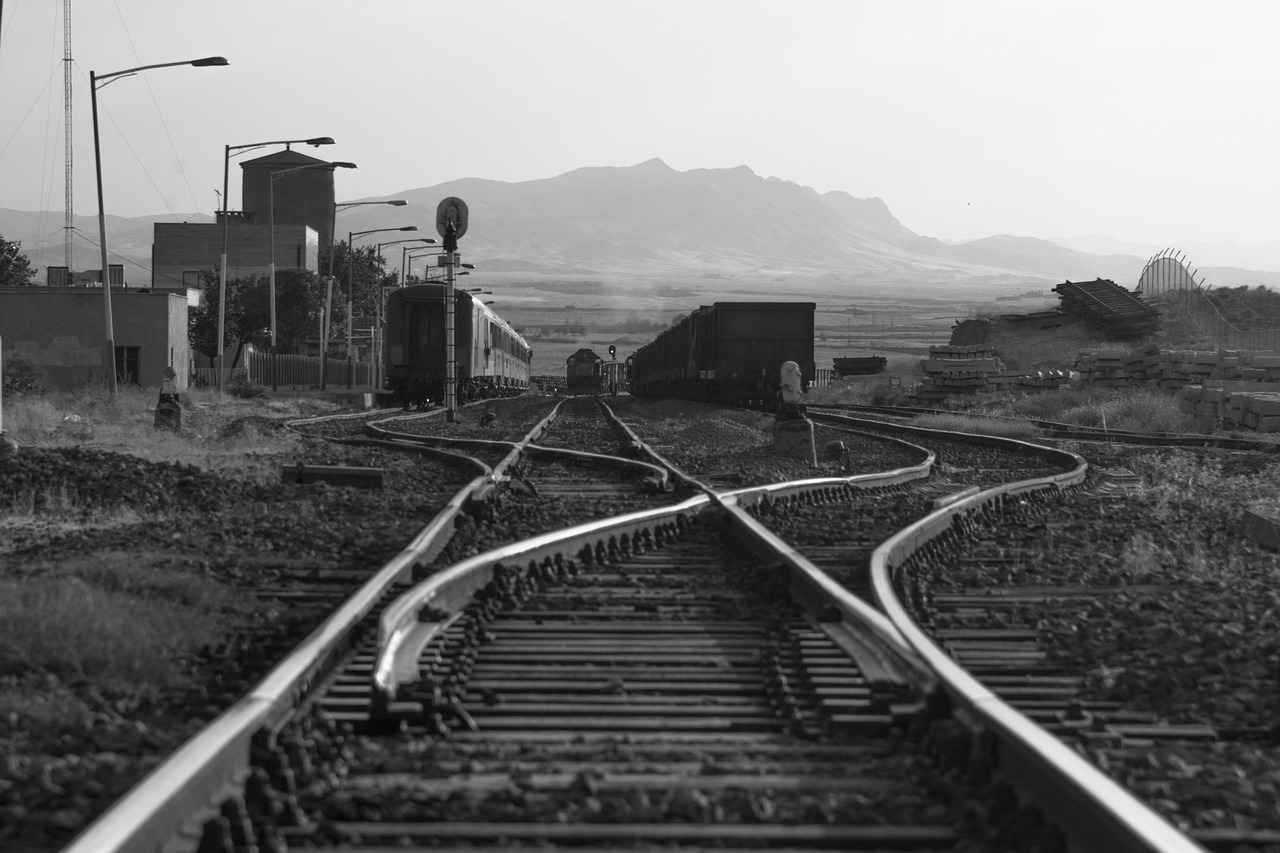
Howrah Railway Station
is not just a transit point; it is a remarkable landmark that embodies the rich history and architectural grandeur of India. As one of the busiest railway stations in the country, it serves millions of passengers daily, making it a vital hub for railway connectivity. Its historical and cultural significance makes it a must-visit destination for travelers exploring the vibrant city of Howrah and its surroundings.
The station is renowned for its stunning Victorian Gothic architecture, characterized by intricate designs and a majestic façade. The massive clock tower, a prominent feature, stands tall, reminding visitors of the colonial-era engineering prowess. The station’s design not only serves functional purposes but also showcases the artistic vision of its time.
Opened in 1900, Howrah Railway Station has a rich history that intertwines with the development of rail transport in India. It has witnessed significant events and changes over the decades, solidifying its status as a key junction for trains traveling across the nation. The station’s historical narratives are reflected in its architecture and the bustling atmosphere that surrounds it.
To enhance the travel experience, Howrah Railway Station offers a variety of amenities for passengers. These include waiting rooms, food stalls serving local delicacies, and efficient ticket counters. Such facilities ensure that travelers can navigate their journeys with ease and comfort.
While waiting for trains, visitors can explore nearby attractions that enrich their experience. The Hooghly River offers scenic views, and local markets provide a glimpse into the vibrant culture of Howrah. These sites contribute to the overall charm of the area, making the station a starting point for further exploration.
In conclusion, Howrah Railway Station stands as a testament to India’s railway heritage and architectural brilliance. Its historical significance, combined with modern amenities, makes it an essential stop for anyone visiting Howrah.
Architectural Significance
The Howrah Railway Station is not just a transit hub; it stands as a remarkable example of Victorian Gothic architecture, which is a visual feast for visitors. The intricate designs adorning the station’s façade are a testament to the artistic and engineering prowess of the colonial era. The grand structure features ornate arches, detailed stonework, and towering spires that create a striking silhouette against the skyline.
One of the most captivating aspects of the station is its massive clock tower, which serves as a landmark for travelers arriving in Howrah. This clock tower, with its elegant design, not only functions as a timekeeper but also embodies the historical significance of the station. It stands as a reminder of the era when such engineering feats symbolized progress and innovation.
The station’s design intricacies are complemented by its spacious platforms and high ceilings, which were thoughtfully planned to accommodate the burgeoning railway traffic of the time. The use of red brick and white stone enhances the aesthetic appeal, while the large waiting areas ensure comfort for passengers. The architectural elements are meticulously crafted, showcasing a fusion of functionality and beauty.
Moreover, the Howrah Railway Station has evolved over the years, integrating modern amenities while preserving its historical charm. This blend of old and new makes it a must-visit for architecture enthusiasts and history buffs alike.
In conclusion, the Howrah Railway Station is not merely a transit point but a cultural landmark that encapsulates the essence of colonial engineering and design. Its Victorian Gothic architecture, combined with its historical significance, makes it a pivotal attraction in Howrah, reflecting the city’s rich heritage and vibrant past.
Historical Background
Opened in 1900, Howrah Railway Station has a rich history that reflects the evolution of transportation in India. As one of the busiest railway stations in the country, it plays a crucial role in connecting the eastern and western parts of India. This architectural marvel is not just a transit point but a vital junction that facilitates the movement of millions of passengers daily.
The station was designed during the British colonial period, showcasing a blend of Victorian Gothic architecture and modern engineering techniques. Its grand facade, adorned with intricate designs and a towering clock, stands as a testament to the architectural prowess of the time. The station’s establishment marked a significant milestone in India’s railway history, as it became a central hub for various train routes, enhancing connectivity across the nation.
Throughout its history, Howrah Railway Station has witnessed numerous events that shaped the socio-economic landscape of the region. It has served as a gateway for trade and commerce, enabling the movement of goods and people. The station has also been a silent witness to significant historical events, including the Indian independence movement, where it played a pivotal role in the transportation of freedom fighters and resources.
Over the years, the station has undergone several renovations and expansions to accommodate the growing number of passengers. Today, it features modern amenities while retaining its historical charm, making it a must-visit attraction for travelers and history enthusiasts alike.
In conclusion, Howrah Railway Station is not just a transit point; it is a symbol of India’s rich railway heritage and a vital link in the nation’s transportation network. Its historical significance and architectural beauty make it a landmark that reflects the spirit of Howrah and its bustling life.
Facilities and Services
Howrah Railway Station is not just a transit point; it is a hub of activity designed to cater to the needs of travelers. The station is equipped with a variety of amenities that enhance the overall travel experience. Here’s a detailed look at what you can expect when you visit:
| Amenity | Description |
|---|---|
| Waiting Rooms | Spacious and comfortable waiting areas are available for passengers, providing a place to relax before boarding. |
| Food Stalls | A variety of food options, including local delicacies and fast food, are accessible to satisfy your hunger. |
| Ticket Counters | Multiple ticket counters streamline the process of purchasing tickets, ensuring that travelers can easily access their journeys. |
| Restrooms | Clean and well-maintained restrooms are available for passenger convenience. |
| Wi-Fi Services | Free Wi-Fi is provided, allowing travelers to stay connected while waiting for their trains. |
| ATMs | Automated Teller Machines are conveniently located for quick cash withdrawals. |
In addition to these facilities, the station is also staffed with helpful personnel who are ready to assist travelers with inquiries and guidance. Whether you are a local commuter or a tourist, the services offered at Howrah Railway Station ensure a hassle-free and enjoyable travel experience.
Overall, the combination of modern amenities and attentive service makes Howrah Railway Station a vital part of the travel experience in West Bengal.
Nearby Attractions
in Howrah offer a delightful blend of cultural experiences and natural beauty that enhance your visit while waiting for trains. The proximity to various sites allows travelers to immerse themselves in the local atmosphere and explore the rich heritage of the region.
One of the most captivating sites is the Hooghly River, which not only serves as a picturesque backdrop but also provides opportunities for boat rides and riverside walks. The serene environment along the riverbanks is ideal for relaxation and photography, making it a perfect spot to unwind before your journey.
In addition to the river, the bustling local markets are a must-visit. Markets such as Howrah Market are filled with vibrant stalls selling everything from traditional textiles to fresh produce. Here, visitors can engage with local vendors, sample delicious street food, and experience the lively atmosphere that defines Howrah’s culture.
- Hooghly River: Enjoy scenic views and boat rides.
- Howrah Market: Explore a variety of goods and local delicacies.
- Local Temples: Visit nearby temples for a spiritual experience.
- Art Galleries: Discover local art and crafts.
For those looking to delve deeper into the spiritual side of Howrah, nearby temples such as the Dakshineswar Kali Temple offer a glimpse into the religious practices and architectural beauty of the area. The vibrant festivals held at these temples attract both locals and tourists, creating a lively atmosphere filled with devotion and celebration.
In conclusion, exploring the nearby attractions of Howrah not only enhances your travel experience but also provides a deeper understanding of the local culture and community. Whether it’s the scenic views of the Hooghly River or the lively markets, each site contributes to the unique charm of this vibrant city.
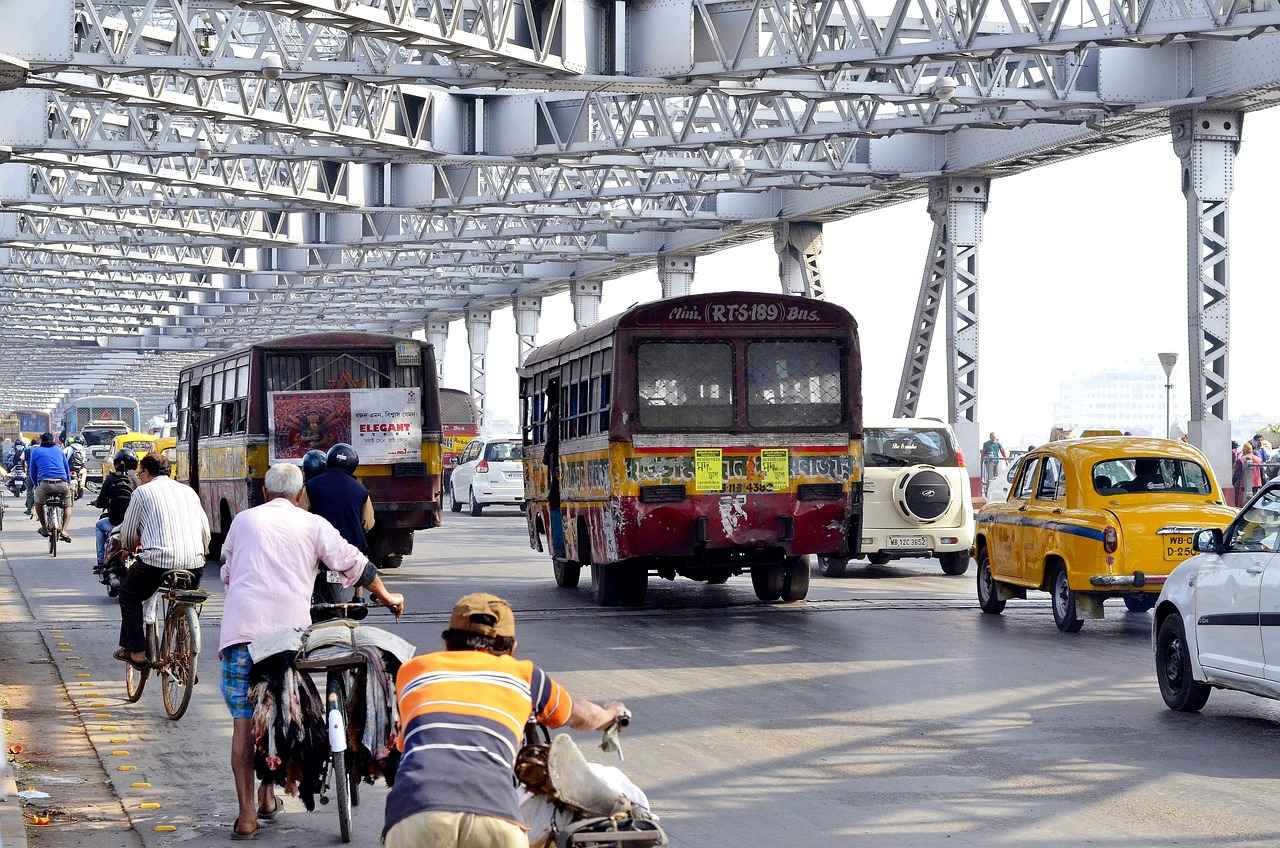
Belur Math
is not just a religious site; it is a symbol of harmony and a stunning architectural masterpiece located on the banks of the Hooghly River in West Bengal. As the headquarters of the Ramakrishna Order, it attracts thousands of visitors each year who seek spiritual solace and peace.
This serene complex was founded by Swami Vivekananda in 1897 and serves as a testament to his teachings, promoting the message of universal brotherhood and the unity of all religions. The tranquil environment, coupled with breathtaking views of the river, makes it an ideal destination for reflection and meditation.
The architecture of Belur Math is a unique blend of Hindu, Islamic, and Christian styles, symbolizing the universal message of spirituality. The main temple, adorned with intricate carvings and beautiful sculptures, showcases the artistry of Indian craftsmen. Visitors are often captivated by the grand entrance and the peaceful ambiance that surrounds the entire complex.
Belur Math is a significant pilgrimage site for many. It stands as a beacon of hope and a place where individuals can connect with their spiritual selves. The teachings of Ramakrishna Paramahamsa and Swami Vivekananda are deeply ingrained in the ethos of the Math, making it a center for spiritual learning and growth.
Visitors can explore the beautiful gardens, attend daily rituals, and participate in meditation sessions. The Math also hosts various cultural and spiritual programs throughout the year, ensuring that there is always something happening for those who visit.
In conclusion, Belur Math is not only an architectural gem but also a profound spiritual center that offers visitors a chance to experience the teachings of Swami Vivekananda and the essence of peace and unity. It is a must-visit for anyone traveling to Howrah, West Bengal.
Spiritual Significance
Belur Math is not just a beautiful architectural site; it is a symbol of spiritual unity and the embodiment of the teachings of Swami Vivekananda. As the headquarters of the Ramakrishna Order, this sacred place attracts countless visitors seeking spiritual enlightenment and a deeper understanding of the universal truths that transcend individual faiths.
The of Belur Math lies in its commitment to the ideals of harmony and unity among different religions. Swami Vivekananda envisioned a world where various faiths could coexist peacefully, and this philosophy is vividly reflected in the architecture and ambiance of Belur Math. The temple complex showcases a unique blend of Hindu, Christian, and Islamic architectural styles, symbolizing a universal message of spirituality that resonates with people from all walks of life.
Visitors to Belur Math often describe a profound sense of peace and tranquility upon entering the premises. The serene surroundings, coupled with the spiritual practices observed within the complex, create an atmosphere conducive to meditation and reflection. This makes it a significant pilgrimage site for those seeking a deeper connection to their faith or a broader understanding of spirituality.
Moreover, Belur Math hosts various spiritual programs and retreats throughout the year, attracting individuals eager to explore the teachings of Swami Vivekananda and the philosophy of the Ramakrishna Order. These programs emphasize the importance of self-realization and the pursuit of truth, encouraging participants to look beyond the superficial differences that often divide humanity.
In summary, Belur Math stands as a testament to the power of spiritual unity and the enduring legacy of Swami Vivekananda. Its role as a pilgrimage site is not only significant for devotees but also for anyone seeking to understand the essence of spirituality in a world that often seems fragmented.
Architecture and Design
The temple complex at Belur Math stands as a remarkable testament to the essence of spiritual unity among diverse religious traditions. This architectural wonder is not merely a place of worship, but a symbol of the harmonious coexistence of Hinduism, Christianity, and Islam. Each element of its design reflects a commitment to promoting a universal message of spirituality that transcends cultural boundaries.
One of the most striking features of the temple is its eclectic architectural styles. The main temple structure incorporates traditional Hindu motifs, characterized by intricate carvings and ornate sculptures. In contrast, the use of domes and arches resonates with Christian architectural influences, reminiscent of cathedrals, while Islamic elements are evident in the calligraphic inscriptions and geometric patterns adorning the walls. This blend creates a visual narrative that speaks to the shared values of these faiths.
Furthermore, the layout of the complex is meticulously planned to encourage reflection and meditation. The serene surroundings, combined with the architectural grandeur, provide a tranquil retreat for visitors seeking spiritual solace. The landscaped gardens that envelop the temple enhance its beauty, offering a peaceful environment for contemplation.
Belur Math’s architecture serves as a reminder of the fundamental principles of tolerance and respect among different religions. This unique fusion of styles not only attracts devotees but also draws architecture enthusiasts and tourists from around the globe. The temple complex stands as a beacon of hope, promoting the idea that spirituality can unite individuals from various backgrounds under a shared ethos.
In conclusion, the architectural design of Belur Math is a profound representation of interfaith dialogue and unity. It encapsulates the belief that spirituality knows no boundaries and that the essence of faith can be celebrated through the beauty of diverse architectural expressions.

Dakshineswar Kali Temple
is a revered shrine dedicated to the fierce and powerful Goddess Kali. Nestled on the banks of the Hooghly River, this temple is not only a significant religious site but also a masterpiece of architecture that captivates both devotees and tourists.
Constructed in the 19th century, the temple boasts an impressive blend of Hindu architectural styles, featuring a grand central shrine surrounded by smaller shrines dedicated to various deities. The intricate carvings and vibrant colors of the temple’s façade reflect the rich cultural heritage of the region.
The holds immense significance for Hindus, particularly for those seeking spiritual solace. It is famously associated with Ramakrishna Paramahamsa, a revered saint who spent a significant part of his life here, meditating and teaching. His teachings and life story attract pilgrims from all walks of life.
Throughout the year, the temple hosts numerous festivals that draw thousands of devotees. The most prominent of these is Kali Puja, celebrated with great fervor. During this festival, the temple is adorned with lights and flowers, and the atmosphere is filled with the sounds of chants and prayers, creating a vibrant spectacle.
- Location: The temple is easily accessible from the city center, making it a convenient stop for tourists.
- Timings: Open daily from early morning until late evening, allowing ample time for visitors to explore.
- Etiquette: Visitors are advised to dress modestly and respect the sanctity of the temple.
With its stunning architecture and vibrant atmosphere, is a must-visit destination in Howrah, offering a unique blend of spirituality and cultural richness that leaves a lasting impression on all who visit.
Religious Importance
Dakshineswar Kali Temple is not just a temple; it is a spiritual haven that holds immense significance for millions of devotees. Nestled on the banks of the Hooghly River in West Bengal, this temple is dedicated to Goddess Kali, the fierce and powerful deity in Hinduism. The temple’s rich history is intertwined with the life of Ramakrishna Paramahamsa, a revered saint who played a pivotal role in the spiritual renaissance of the 19th century.
Constructed in the mid-19th century by Rani Rashmoni, a philanthropist and devotee, the temple complex showcases exquisite architecture that blends traditional Bengali styles with intricate designs. The temple is renowned for its iconic nine spires, symbolizing the nine forms of the goddess. The connection to Ramakrishna adds a profound layer of significance, as he meditated and experienced divine visions here, making it a pilgrimage site for those seeking spiritual enlightenment.
The temple’s ambiance is filled with a sense of peace and devotion. Visitors often describe feeling a palpable energy as they walk through the temple grounds. The chanting of mantras and the rhythmic sound of bells create a mesmerizing atmosphere that draws both locals and tourists alike. The daily rituals and puja ceremonies performed by the priests enhance the spiritual experience, making it a vibrant center for worship.
Throughout the year, the temple hosts numerous festivals, with Kali Puja being the most prominent. This festival attracts thousands of devotees who come to offer their prayers and seek blessings from the goddess. The celebrations are marked by vibrant decorations, cultural performances, and a sense of community that envelops the temple grounds.
In conclusion, Dakshineswar Kali Temple stands as a testament to the rich spiritual heritage of India. Its historical connections, serene ambiance, and vibrant celebrations make it a must-visit destination for anyone seeking to explore the depths of Hindu spirituality.
Festivals and Celebrations
at the Dakshineswar Kali Temple are a vibrant tapestry of faith, culture, and community spirit. This renowned temple, dedicated to Goddess Kali, is not only a significant pilgrimage site but also a hub of cultural activities that attract thousands of devotees and tourists alike.
Among the many festivals celebrated here, Kali Puja stands out as the most prominent. This festival, dedicated to the worship of the fierce goddess, typically occurs on the new moon night in October or November. During Kali Puja, the temple is adorned with colorful decorations, and the atmosphere is filled with the sound of devotional songs and chants as devotees gather to offer prayers and seek blessings.
- Processions and Rituals: The rituals during Kali Puja involve elaborate ceremonies, including the offering of food, flowers, and incense to the goddess. The temple grounds are often filled with the aroma of traditional Bengali sweets, as devotees prepare various offerings.
- Community Participation: Thousands of people from all walks of life come together to celebrate this festival, creating a sense of unity and shared devotion. Local artists often perform cultural programs, showcasing traditional dance and music.
- Lighting and Decorations: The temple is illuminated with thousands of lights, creating a mesmerizing sight that draws visitors from far and wide. The vibrant decorations reflect the rich cultural heritage of the region.
In addition to Kali Puja, the temple also celebrates other festivals such as Navaratri, Dussehra, and Durga Puja, each bringing its unique flavor and fervor. These events are marked by community feasts, cultural performances, and a deep sense of spirituality that resonates throughout the temple grounds.
The Dakshineswar Kali Temple serves as a focal point for cultural expression and religious devotion, making it a must-visit destination for anyone seeking to experience the rich traditions of West Bengal. Whether you are a devotee or a curious traveler, witnessing these festivals is an unforgettable experience that showcases the vibrant spirit of the community.
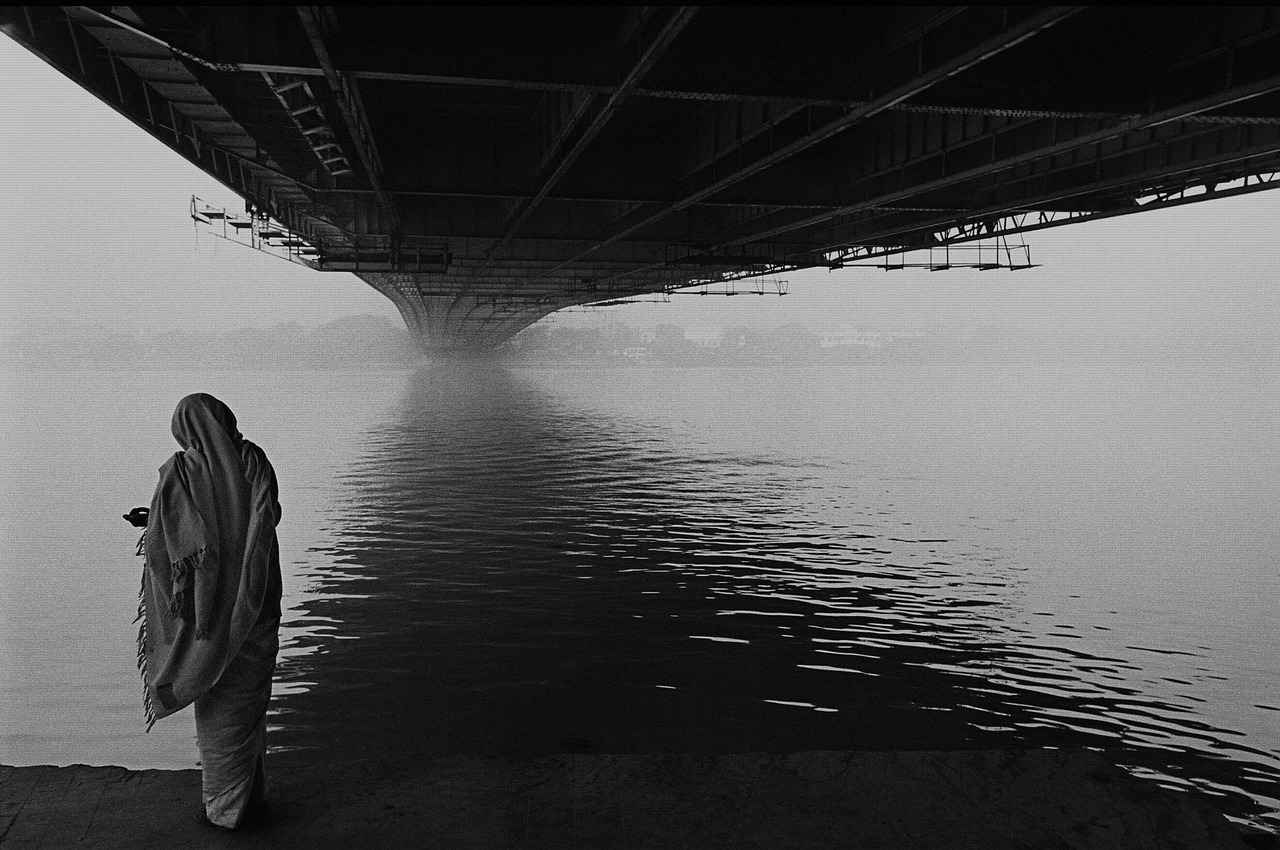
Howrah Maidan
is not just a public park; it is a vibrant hub of life and activity in the heart of Howrah, West Bengal. This expansive green space serves as a vital recreational area for both locals and visitors, providing a refreshing escape from the bustling urban environment.
Spread over a vast area, is adorned with lush lawns, blooming flowers, and shady trees. It offers a serene atmosphere where families often gather for picnics, children play freely, and joggers find their rhythm on the winding paths. The park is an ideal spot for those seeking to unwind and connect with nature amidst the city’s hustle and bustle.
- Walking and Jogging Paths: The well-maintained paths cater to fitness enthusiasts and casual walkers alike.
- Gardens: Beautifully landscaped gardens provide a picturesque setting for relaxation and photography.
- Open Spaces: Ample open areas are perfect for various recreational activities, from yoga sessions to kite flying.
Howrah Maidan is more than just a park; it is a cultural landmark that hosts various community events throughout the year. From local fairs to cultural festivals, the park fosters a sense of community among residents. These events not only celebrate local traditions but also attract visitors, making it a lively focal point in Howrah.
Conveniently located near major transportation hubs, Howrah Maidan is easily accessible for everyone. Whether you are a local resident or a tourist exploring the city, this park is a must-visit destination that encapsulates the spirit of Howrah.
In conclusion, stands as a testament to the importance of green spaces in urban settings. It offers a perfect blend of relaxation, community engagement, and cultural significance, making it an essential part of the Howrah experience.
Activities and Amenities
Howrah Maidan is a beautiful public park that serves as a green oasis amidst the urban hustle of Howrah, West Bengal. This expansive area is not just a park; it’s a vibrant community hub where locals and visitors come together to enjoy a variety of activities and amenities.
The Maidan features walking paths, lush gardens, and open spaces, making it an ideal spot for picnics, jogging, and relaxation. Whether you are looking to unwind with a book under the shade of a tree or engage in a brisk morning jog, the Maidan caters to all preferences.
- Walking Paths: The well-maintained paths are perfect for leisurely strolls or energetic walks, allowing visitors to soak in the natural beauty.
- Gardens: The vibrant gardens are home to a variety of plants and flowers, providing a serene environment for nature lovers.
- Open Spaces: The expansive lawns are ideal for family gatherings, sports activities, or simply enjoying a sunny day.
- Children’s Play Area: Families can find designated areas for children to play, ensuring a fun experience for all ages.
The Maidan often hosts cultural events, fairs, and community gatherings, fostering a sense of togetherness among residents and visitors. These events not only showcase local talent but also promote cultural heritage, making the Maidan a lively center of activity.
With its diverse offerings, Howrah Maidan is more than just a park; it is a vital part of the community where people can connect, relax, and enjoy the beauty of nature. Whether you are a local or a tourist, a visit to the Maidan promises a refreshing escape from the bustling city life.
Community Events
play a vital role in enhancing the social fabric of Howrah, West Bengal. The vibrant atmosphere of the city is often brought to life through various cultural events, fairs, and community gatherings held at Howrah Maidan. These occasions not only showcase the rich heritage of the region but also foster a sense of togetherness among residents and visitors.
Throughout the year, the park serves as a venue for numerous festivals and celebrations that reflect the local culture. Events such as Durga Puja, Poila Baisakh (Bengali New Year), and various music and dance festivals attract crowds from all walks of life. These gatherings provide an opportunity for individuals to engage with one another, sharing stories, traditions, and experiences that strengthen community bonds.
Moreover, local fairs often feature stalls selling traditional handicrafts, delicious street food, and unique souvenirs, making them a great place for shopping and enjoying local cuisine. The lively ambiance, filled with music and laughter, creates an inviting atmosphere that encourages participation from everyone.
In addition to cultural celebrations, Howrah Maidan also hosts educational workshops and environmental awareness programs. These initiatives aim to educate the public on various social issues, promoting community involvement and activism. Such events are crucial for instilling a sense of responsibility towards the environment and society.
Overall, the community events at Howrah Maidan are not just about entertainment; they are a vital part of the city’s identity, bringing people together and promoting a culture of inclusivity and collaboration. As Howrah continues to grow, these gatherings will remain essential in preserving the spirit of unity and cultural richness that defines this remarkable city.
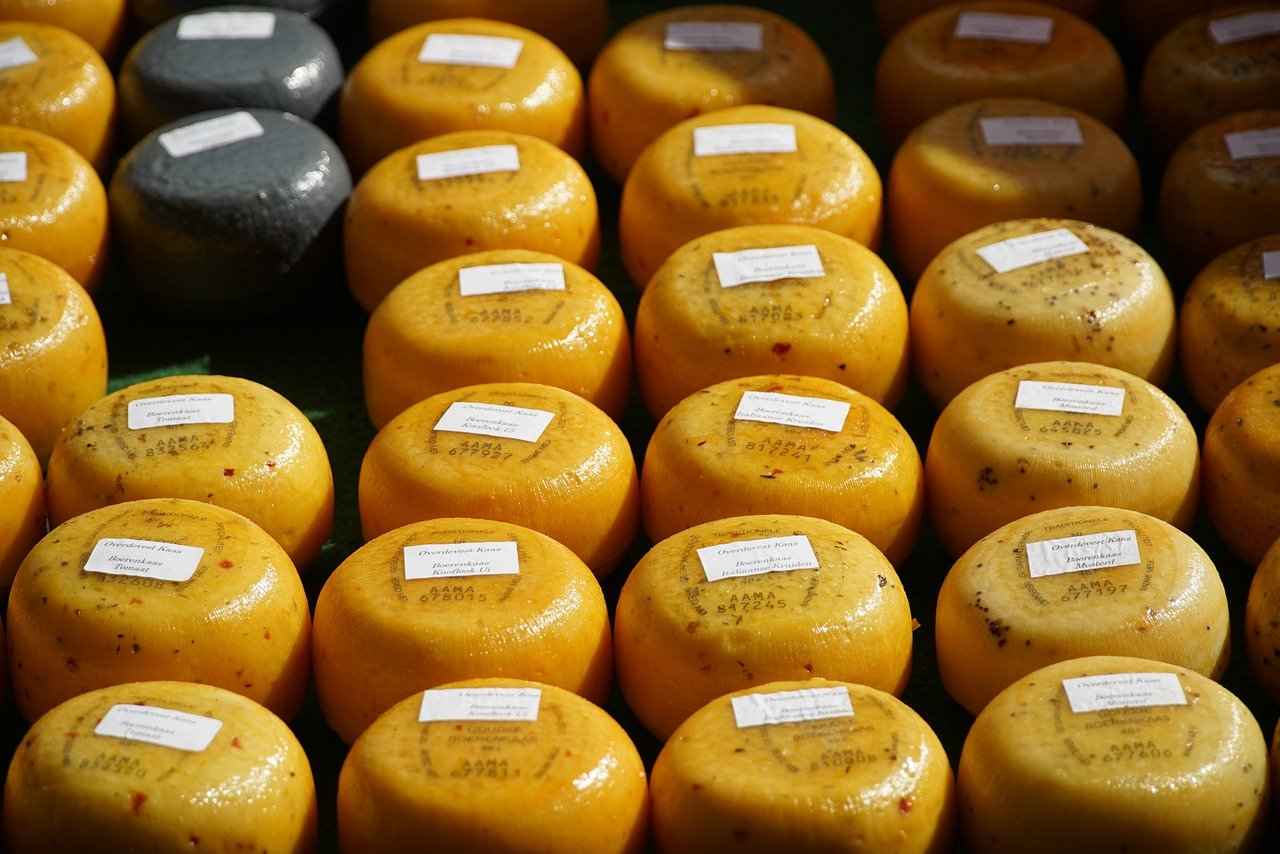
Local Markets and Street Food
Howrah is a bustling hub of activity, renowned for its vibrant markets and delectable street food, which together provide an authentic taste of the local culture and culinary delights. Visitors to Howrah can immerse themselves in the lively atmosphere that characterizes its markets, where the scents of spices and freshly cooked foods mingle in the air.
- Howrah Market: This iconic market is a treasure trove of local goods, offering everything from fresh produce to traditional handicrafts. Shoppers can explore countless stalls, each showcasing unique items that reflect the rich heritage of the region.
- Gariahat Market: Known for its vibrant textiles and apparel, Gariahat is a favorite among locals and tourists alike. Here, you can find beautiful sarees, traditional wear, and a variety of accessories, making it a shopper’s paradise.
In addition to shopping, the street food scene in Howrah is nothing short of extraordinary. The streets are lined with food stalls serving an array of mouthwatering dishes that are sure to tantalize your taste buds:
- Puchka: A local favorite, these crispy hollow puris filled with spicy tamarind water and chickpeas are a must-try.
- Kathi Rolls: Succulent pieces of marinated meat or vegetables wrapped in paratha, these rolls are perfect for a quick bite on the go.
- Mishti: No visit to Howrah is complete without indulging in some sweet treats. Bengali sweets, particularly mishti doi and rasgulla, are famous for their rich flavors and delightful textures.
The vibrant markets and street food of Howrah not only offer a taste of local flavors but also provide a glimpse into the city’s rich culture and community spirit. Whether you are a food enthusiast or a curious traveler, the culinary experiences in Howrah will leave you with unforgettable memories.
Shopping Experience
The vibrant local markets in Howrah, particularly Howrah Market, are a treasure trove for shoppers seeking an authentic experience. This bustling marketplace is renowned for its diverse range of products, making it a true shopper’s paradise.
At Howrah Market, visitors can find everything from exquisite textiles to unique handicrafts. The market is a sensory delight, filled with the sounds of bargaining and the rich aromas of local street food. Here are some highlights:
- Textiles: Howrah Market is famous for its vibrant fabrics, including traditional sarees, dupattas, and cotton garments. Shoppers can explore a variety of colors and patterns that reflect the rich cultural heritage of Bengal.
- Handicrafts: The market features artisans selling handcrafted items such as pottery, jewelry, and wooden crafts. These unique pieces make for perfect souvenirs or gifts.
- Street Food: No visit to Howrah Market is complete without sampling the delicious street food. From puchka (pani puri) to kathi rolls, the culinary offerings are as diverse as the products.
The atmosphere is electric, with locals and tourists mingling, creating a vibrant tapestry of life. It’s not just a shopping destination; it’s a cultural experience that showcases the heart and soul of Howrah.
In conclusion, if you’re looking for a place to immerse yourself in local culture while indulging in a shopping spree, Howrah Market should be at the top of your list. Its wide array of products and lively ambiance make it an essential stop for anyone visiting the area.
Culinary Delights
When it comes to experiencing the true essence of Bengali cuisine, the vibrant street food scene in Howrah is not to be missed. Street food stalls are dotted throughout the city, each offering a unique taste of local delicacies that are sure to tantalize your taste buds.
- Puchka: Also known as panipuri or golgappa, puchka is a beloved snack made of hollow, crispy puris filled with a spicy mixture of tamarind water, chickpeas, and potatoes. The burst of flavors in every bite makes it a must-try for anyone visiting Howrah.
- Kathi Rolls: Originating from Kolkata, kathi rolls are a popular street food item consisting of parathas wrapped around succulent fillings such as grilled chicken, paneer, or vegetables. These rolls are not only delicious but also convenient for on-the-go eating.
- Mishti: No culinary journey in Bengal is complete without indulging in mishti, or sweets. Local sweet shops serve a variety of traditional desserts including rosogolla, sandesh, and mishti doi, each offering a delightful sweetness that reflects the region’s rich culinary heritage.
In addition to these iconic dishes, Howrah’s street food scene is characterized by its vibrant atmosphere. The stalls are often bustling with locals and tourists alike, creating a lively environment where you can enjoy your food while soaking in the local culture.
Whether you’re a food enthusiast or a curious traveler, the street food of Howrah offers a culinary adventure that captures the heart and soul of Bengali cuisine. Don’t miss the chance to explore these flavors and experience the warmth of the local community.
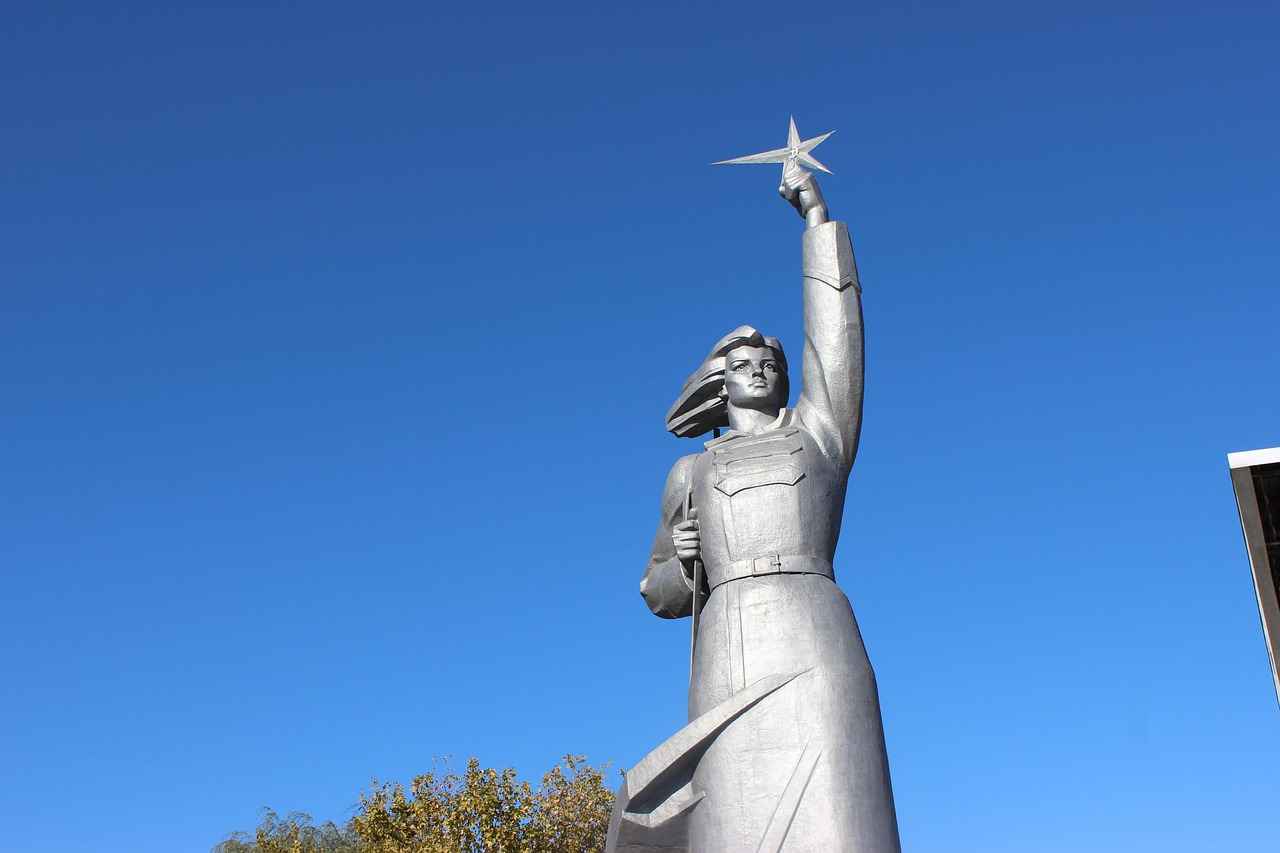
Conclusion
Howrah, West Bengal, is a treasure trove of attractions that reflect its rich history and vibrant culture. From iconic landmarks to serene temples and bustling markets, this city offers something for every traveler. Explore the unique charm and historical significance of Howrah through its top attractions.
Howrah, a city steeped in history and culture, boasts several remarkable attractions that are essential for any traveler. Below are some of the must-visit sites that showcase the city’s unique appeal.
The Howrah Bridge is not just a bridge; it is a symbol of Kolkata and Howrah. This engineering marvel spans the Hooghly River and provides breathtaking views of the cityscape.
As one of the busiest railway stations in India, the Howrah Railway Station is renowned for its grand architecture and historical significance. It is a must-see for travelers.
- Architectural Significance: The station’s Victorian Gothic architecture features intricate designs and a massive clock tower, embodying colonial-era engineering.
- Historical Background: Opened in 1900, it serves as a vital junction, connecting millions of passengers daily.
- Facilities and Services: The station is equipped with various amenities, including waiting rooms, food stalls, and ticket counters.
Belur Math is the headquarters of the Ramakrishna Order and an architectural gem. This serene place offers spiritual solace and stunning views of the Hooghly River.
- Spiritual Significance: Dedicated to Swami Vivekananda, it embodies ideals of harmony among different religions.
- Architecture and Design: The temple complex features a blend of Hindu, Christian, and Islamic architectural styles.
This famous temple, dedicated to Goddess Kali, is located on the banks of the Hooghly River and attracts devotees with its stunning architecture.
- Religious Importance: A significant pilgrimage site for Hindus, known for its spiritual ambiance.
- Festivals and Celebrations: The temple hosts numerous festivals, including Kali Puja, showcasing vibrant cultural traditions.
Howrah Maidan is a beautiful public park that offers a green oasis amidst the urban hustle, serving as a recreational space for locals and visitors.
- Activities and Amenities: The Maidan features walking paths, gardens, and open spaces for picnics and relaxation.
- Community Events: The park hosts cultural events and community gatherings, fostering a sense of togetherness.
Howrah is known for its vibrant markets and delicious street food, offering an authentic taste of local culture.
- Shopping Experience: The bustling markets provide a wide range of products, from textiles to handicrafts.
- Culinary Delights: Street food stalls serve mouthwatering local delicacies, providing a true flavor of Bengali cuisine.
In conclusion, Howrah, West Bengal, stands as a vibrant city filled with attractions that reflect its rich history and culture. From iconic landmarks to serene temples and bustling markets, this city offers a diverse experience for every traveler. Whether you are seeking spiritual solace, architectural beauty, or culinary delights, Howrah is sure to leave a lasting impression.
Frequently Asked Questions
- What is the best time to visit Howrah?
The best time to visit Howrah is during the winter months, from November to February, when the weather is cool and pleasant, perfect for exploring the city’s attractions.
- How can I reach Howrah from Kolkata?
You can easily reach Howrah from Kolkata by taking a local train, bus, or taxi. The Howrah Bridge connects the two cities, making travel convenient and quick.
- Are there guided tours available in Howrah?
Yes, there are several guided tours available that cover major attractions such as the Howrah Bridge, Belur Math, and Dakshineswar Kali Temple, providing insights into the city’s rich history.
- What are some must-try street foods in Howrah?
When in Howrah, don’t miss out on local street foods like puchka (pani puri), kathi rolls, and mishti (sweets). These delicacies offer a true taste of Bengali culture!
- Is Howrah safe for tourists?
Overall, Howrah is considered safe for tourists. However, like any busy urban area, it’s wise to stay vigilant and keep an eye on your belongings, especially in crowded places.
